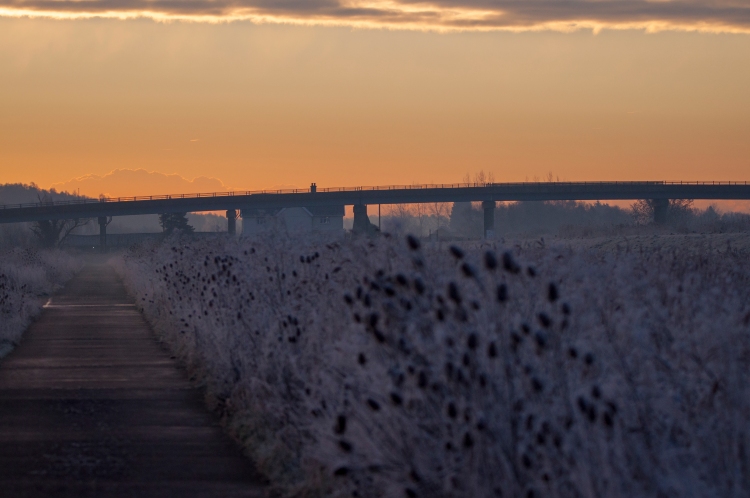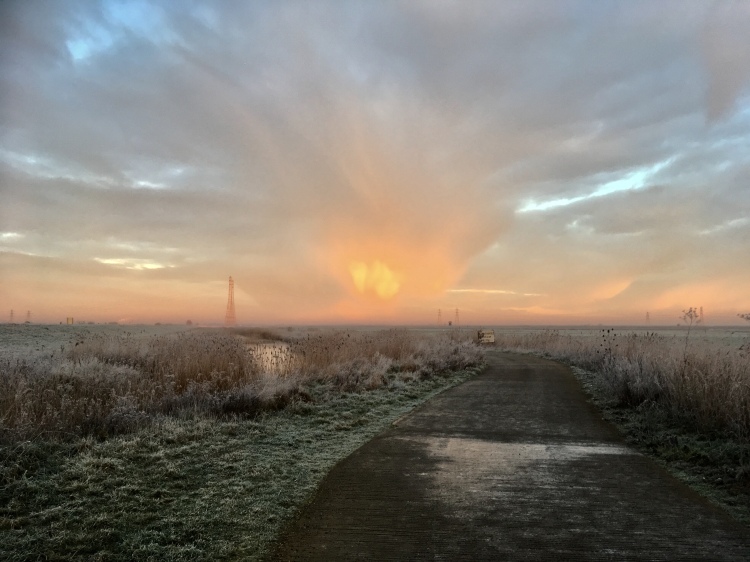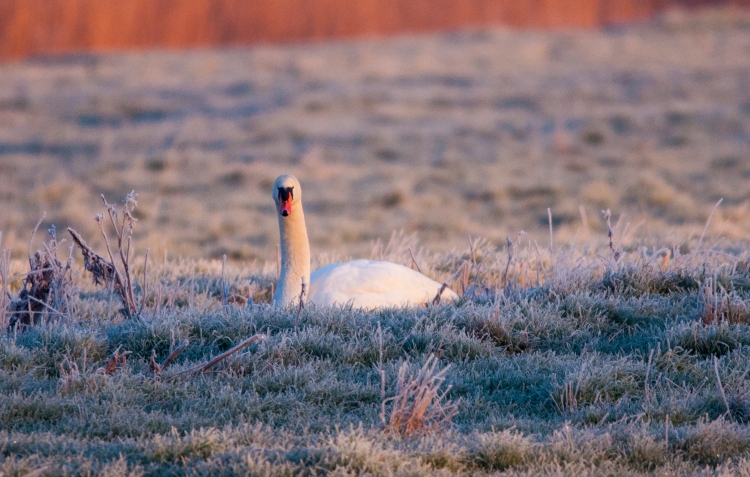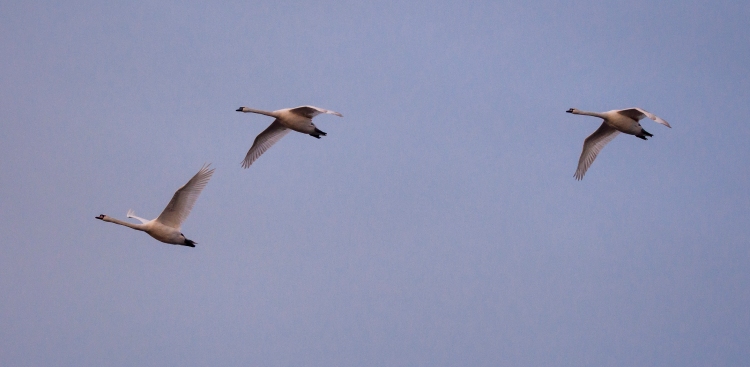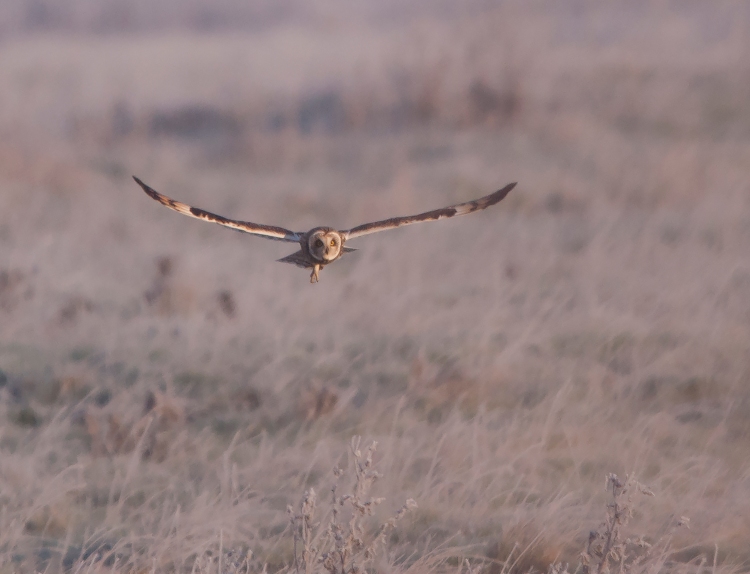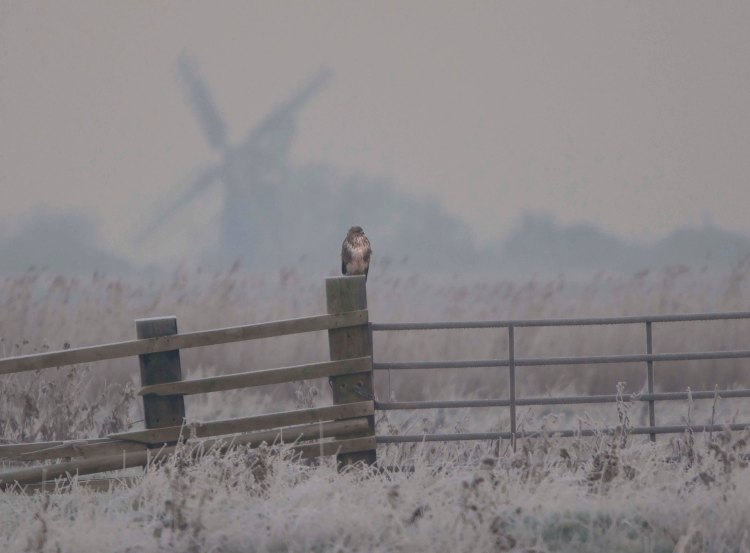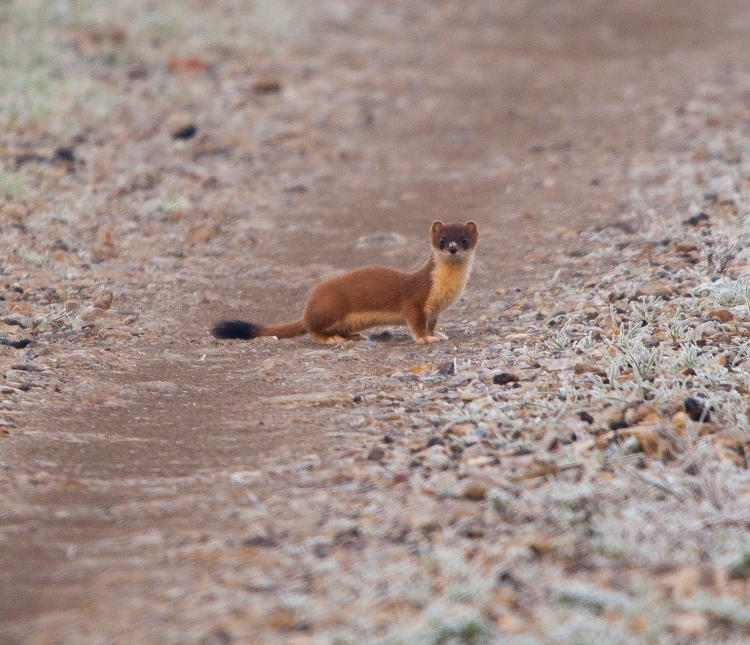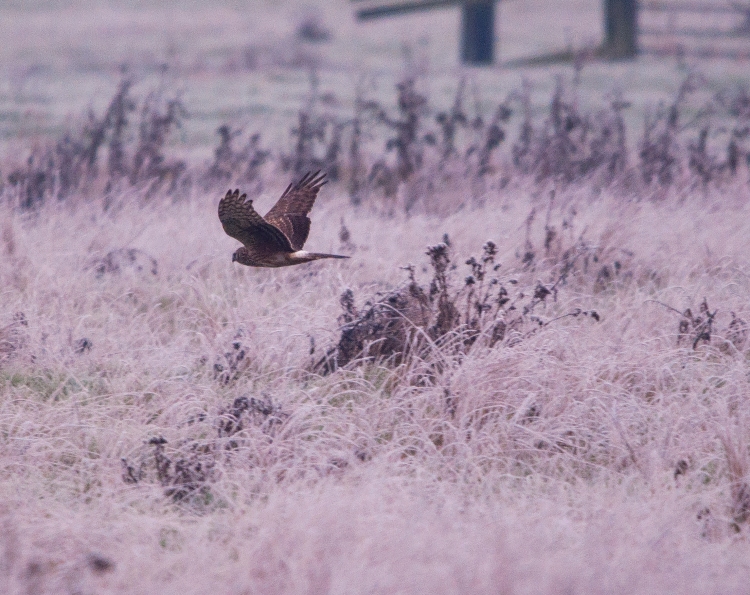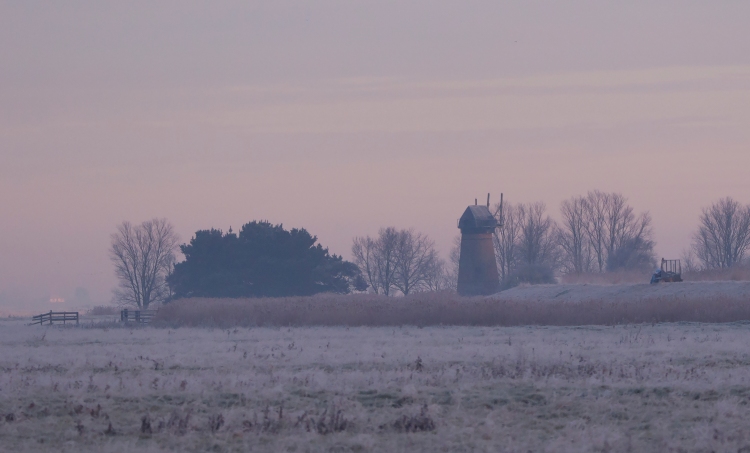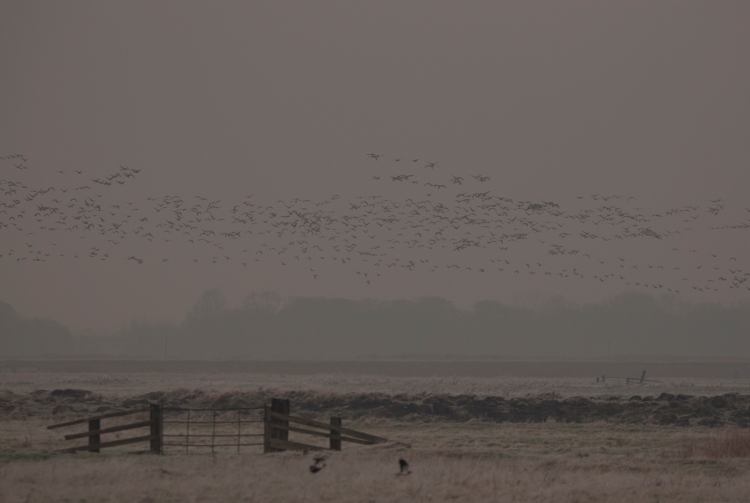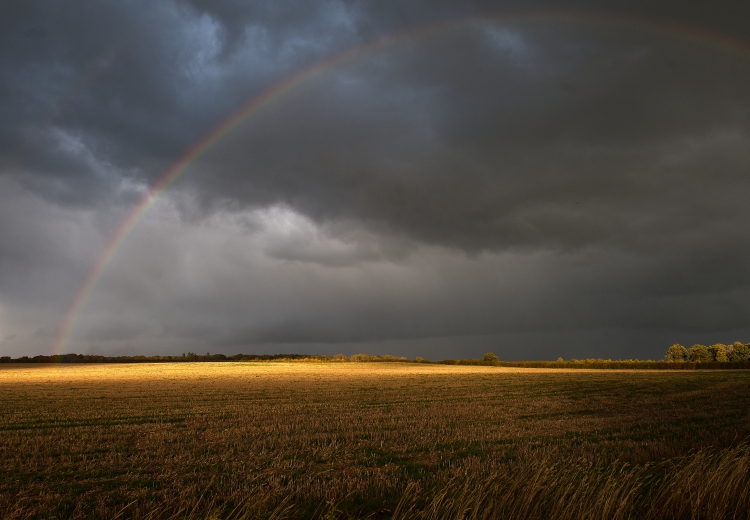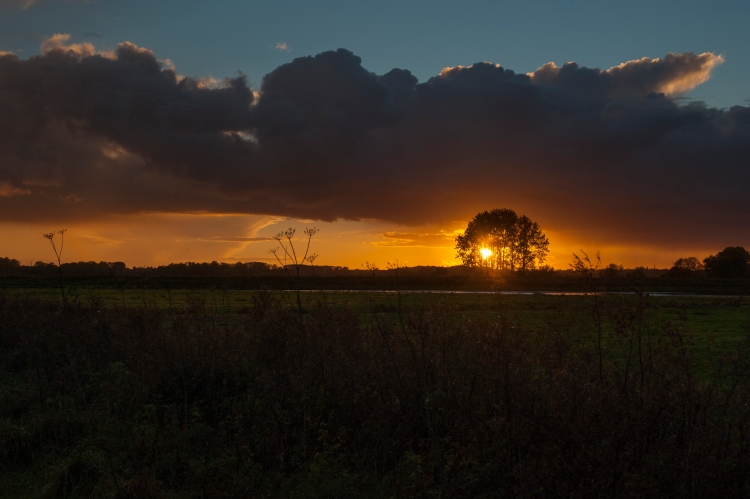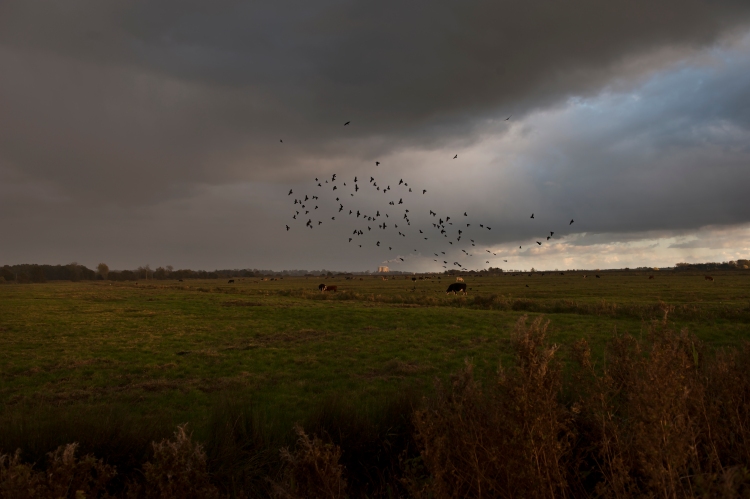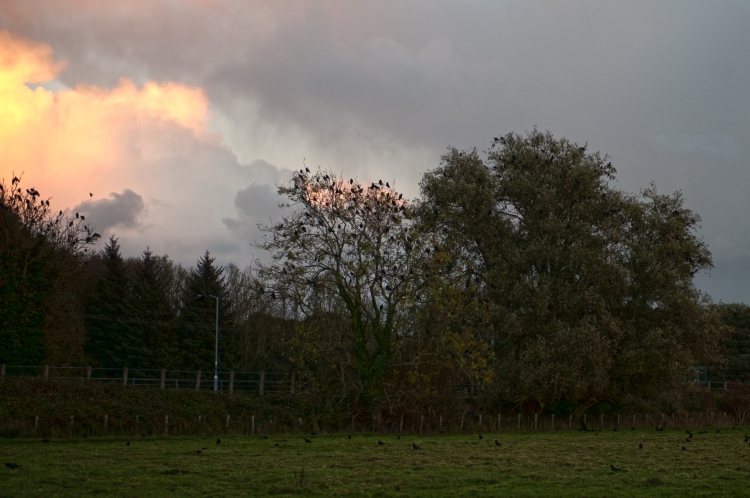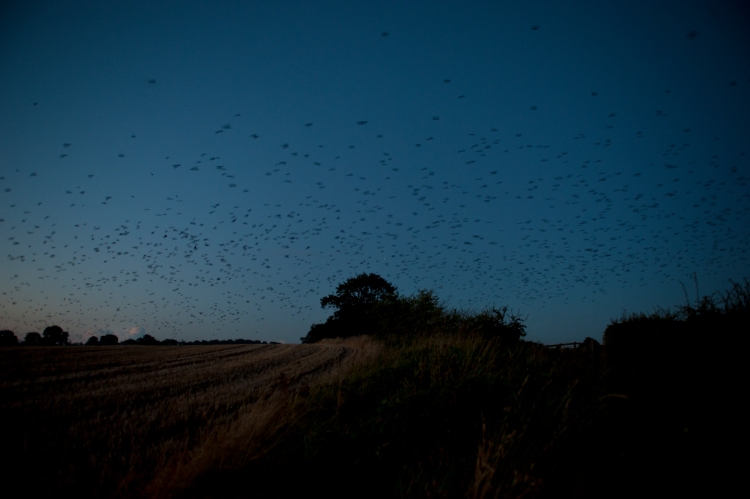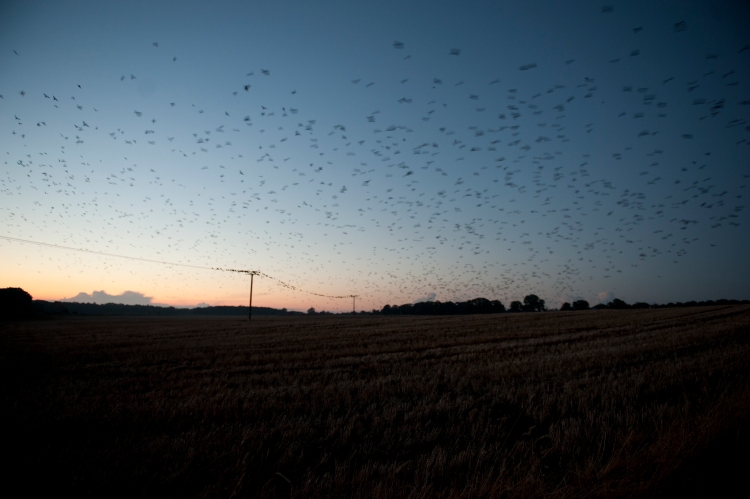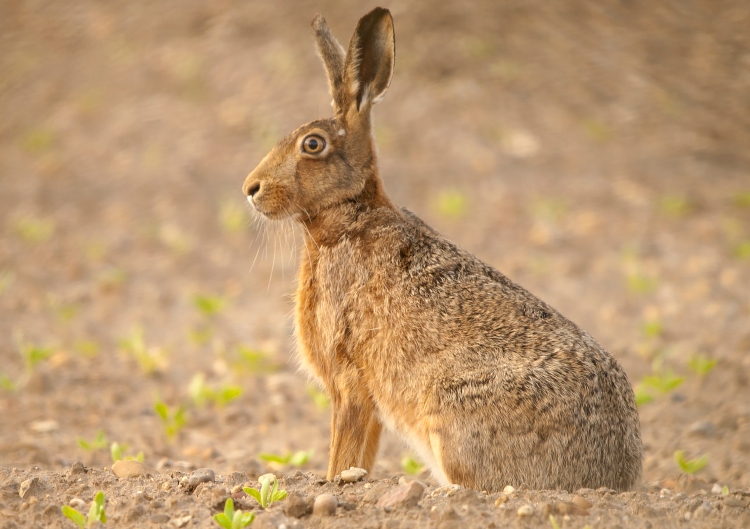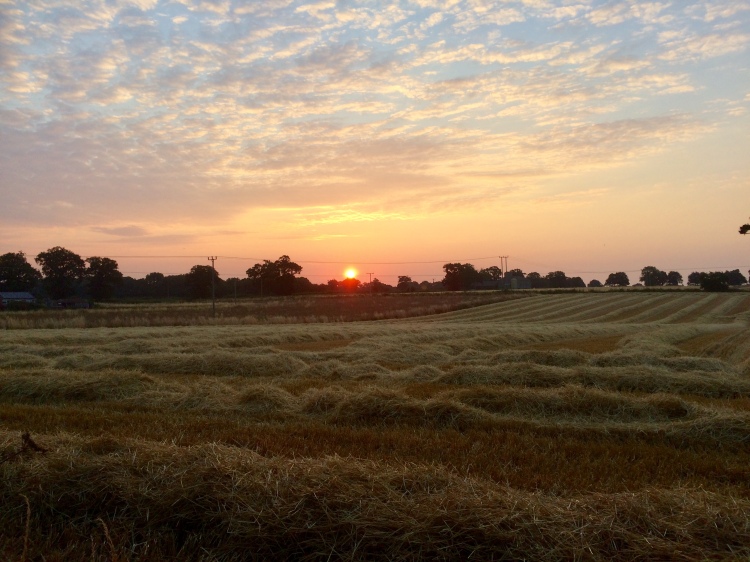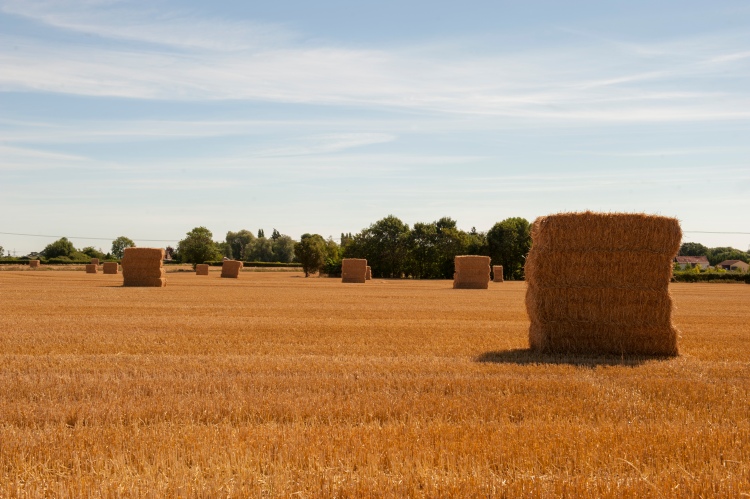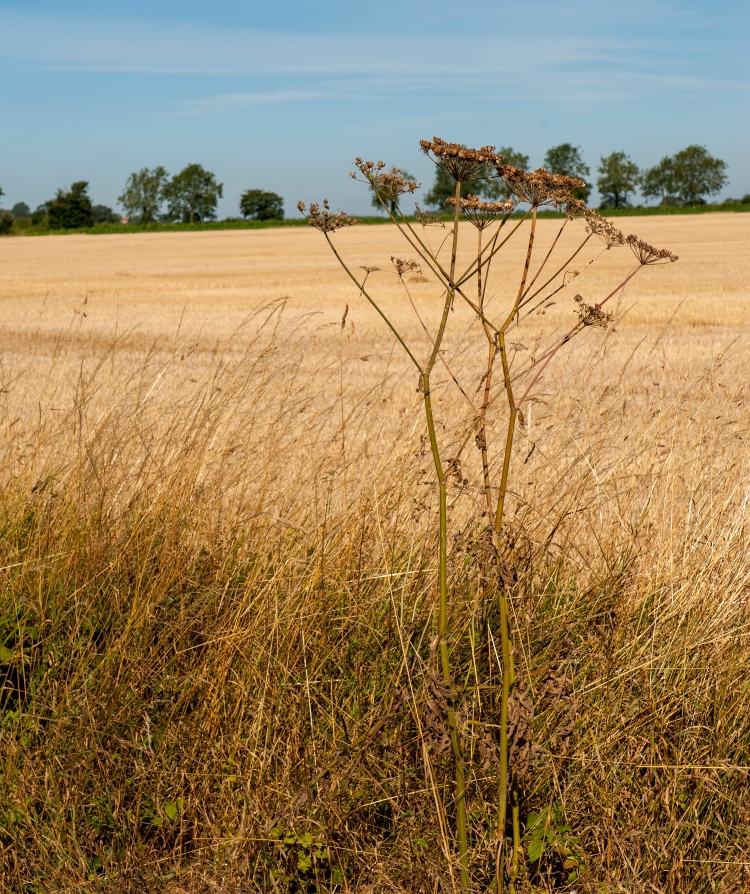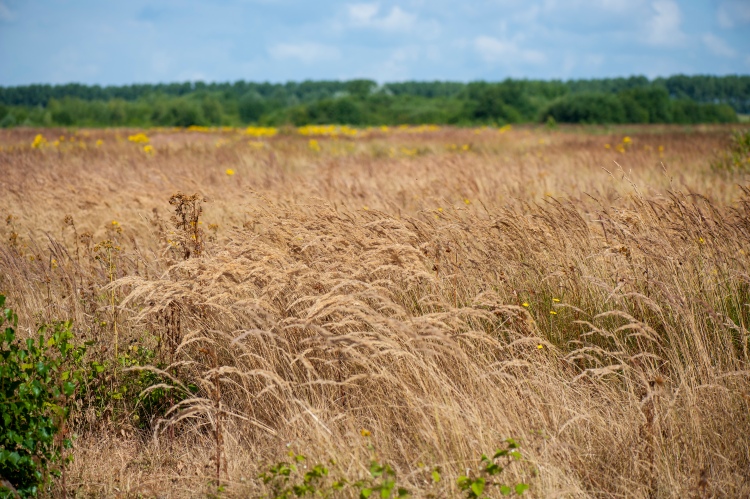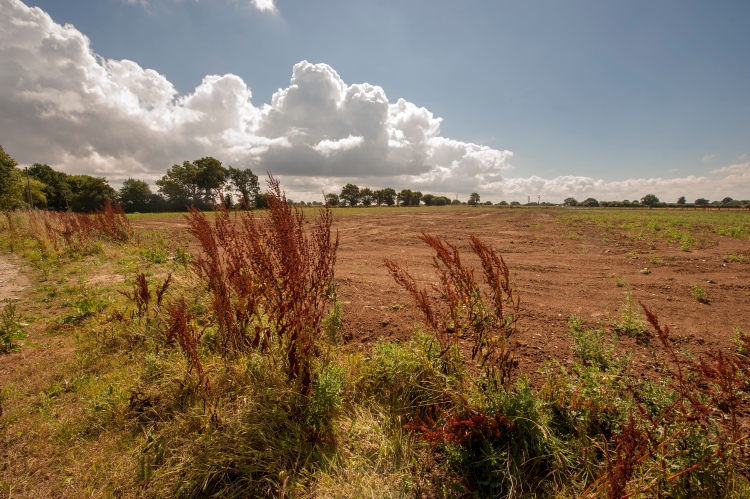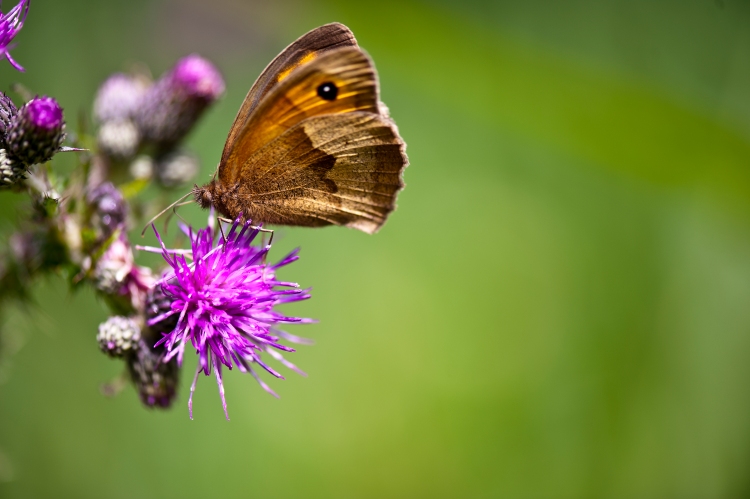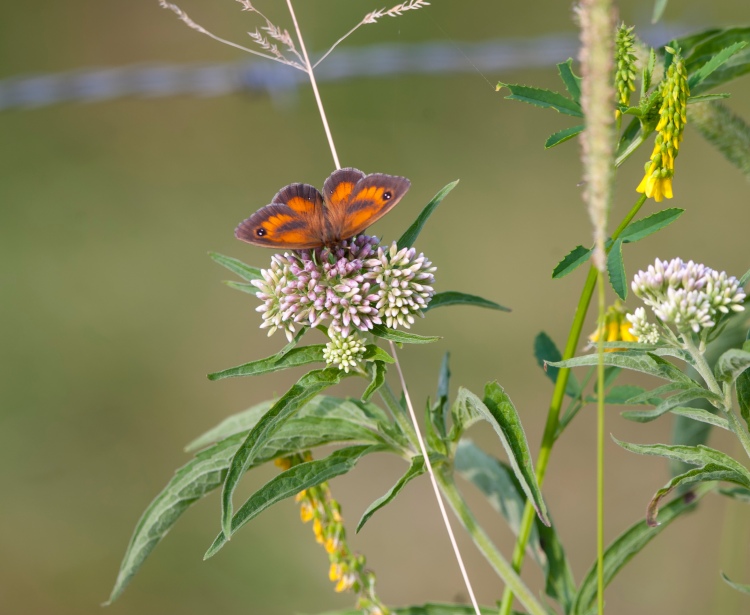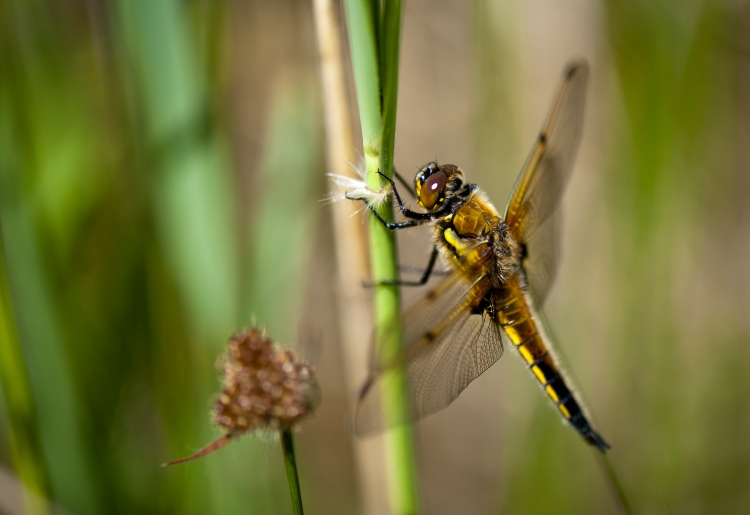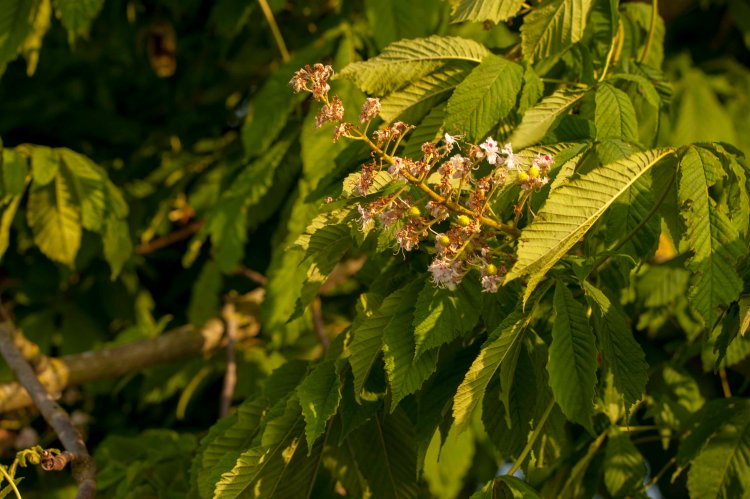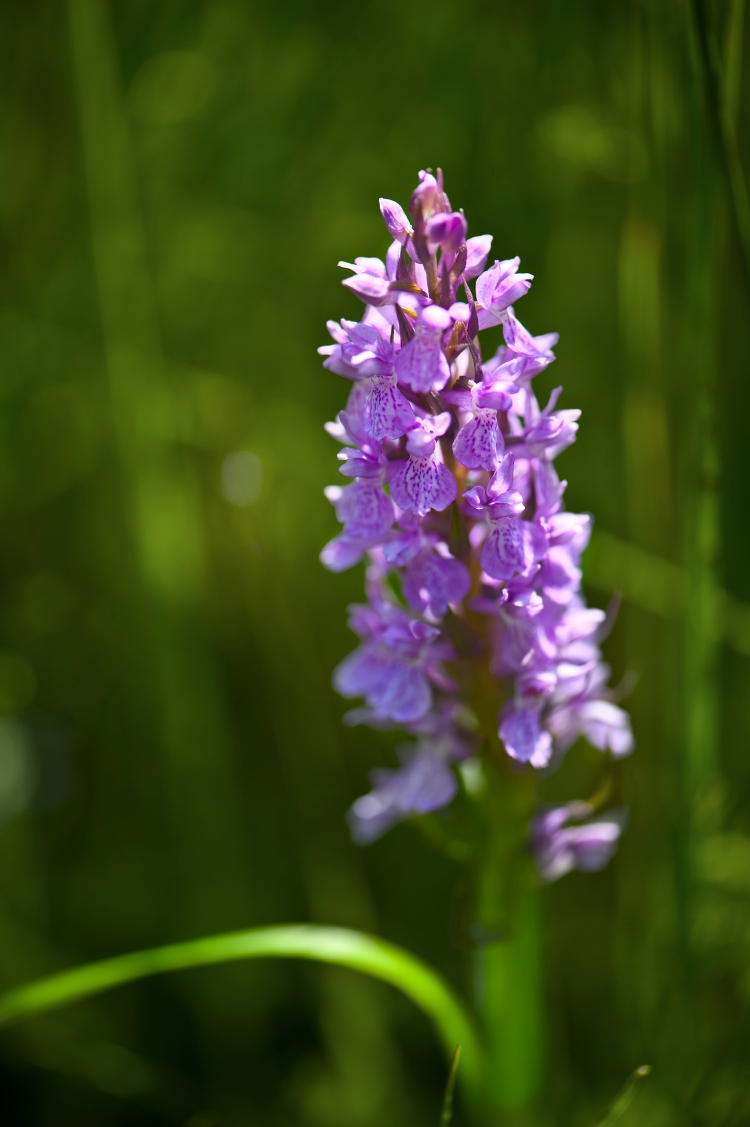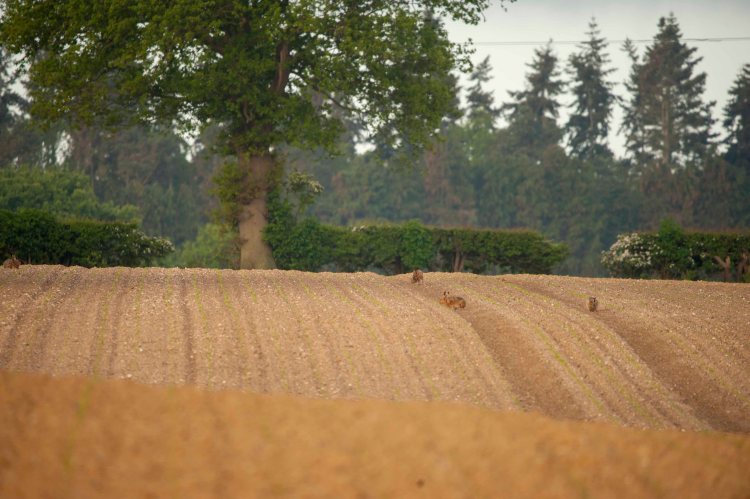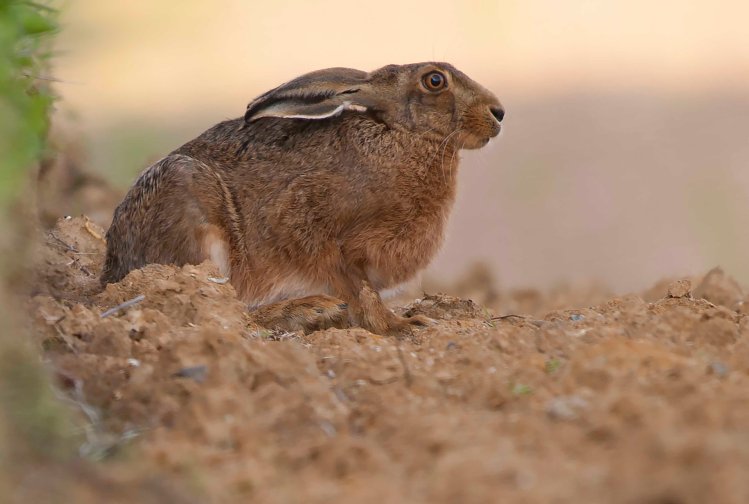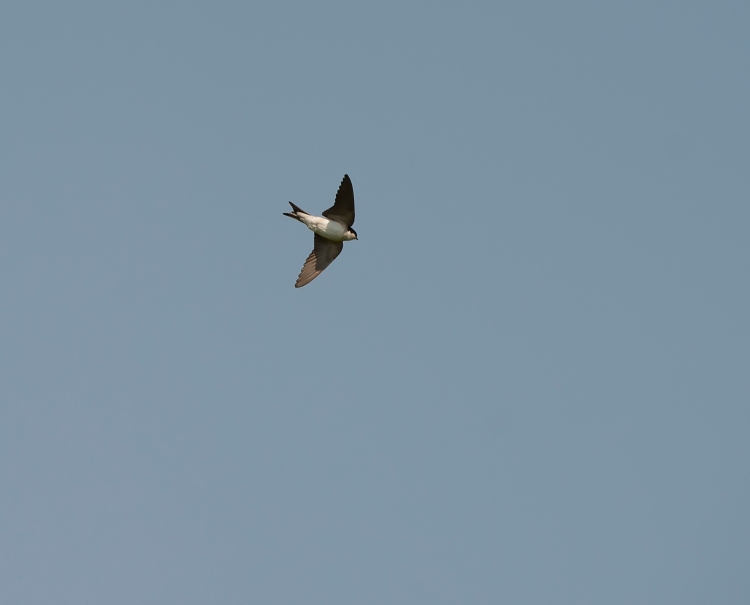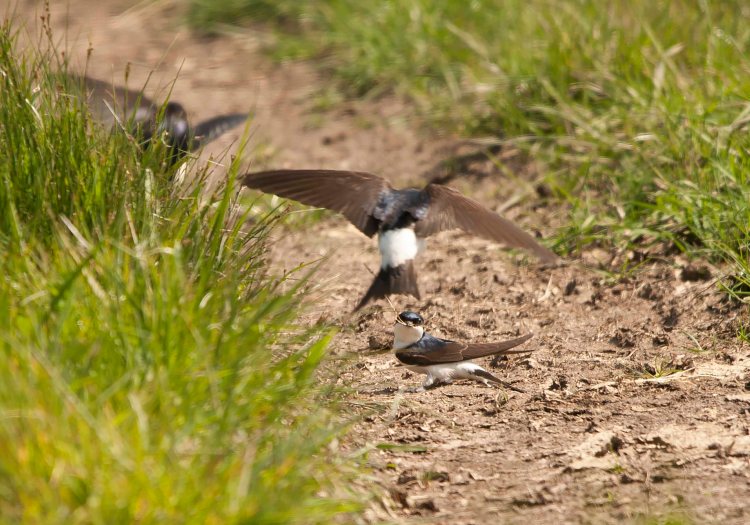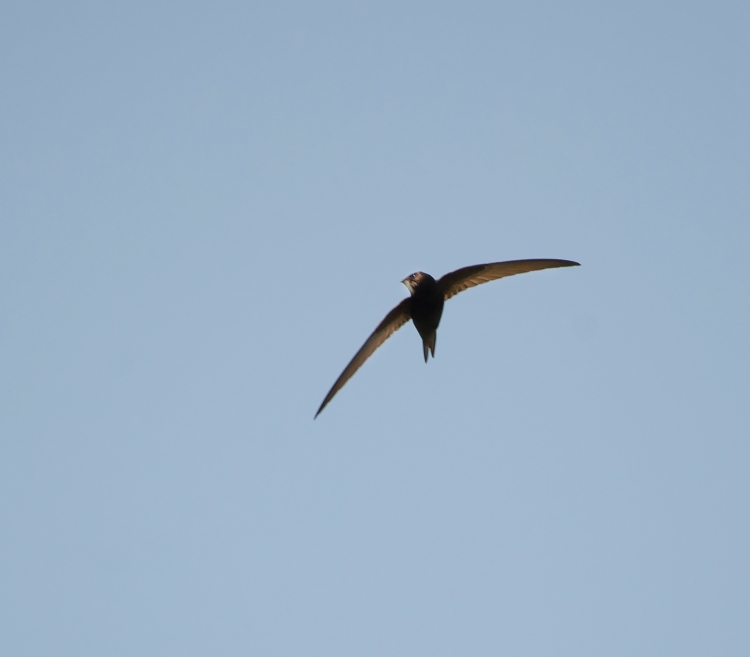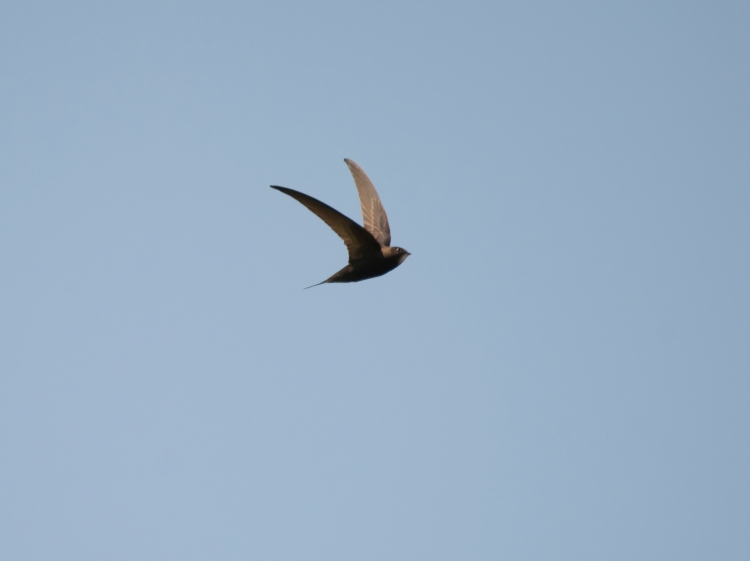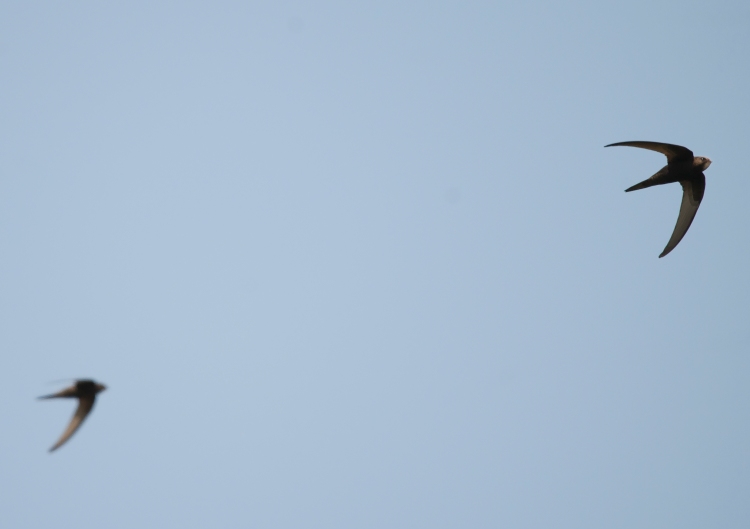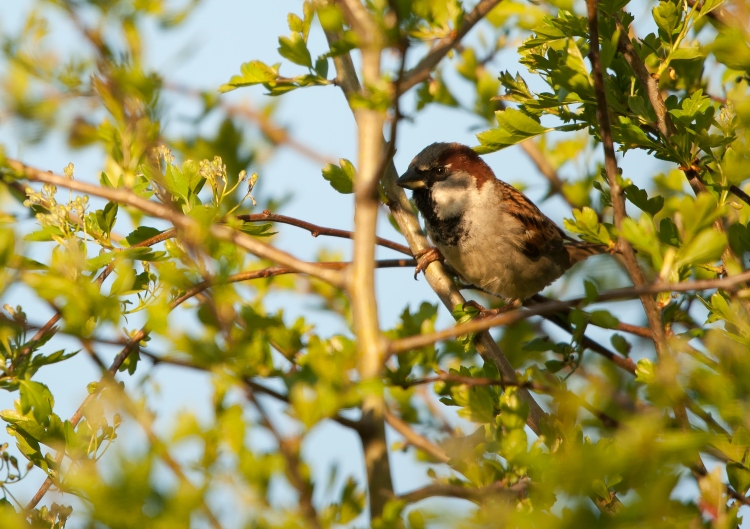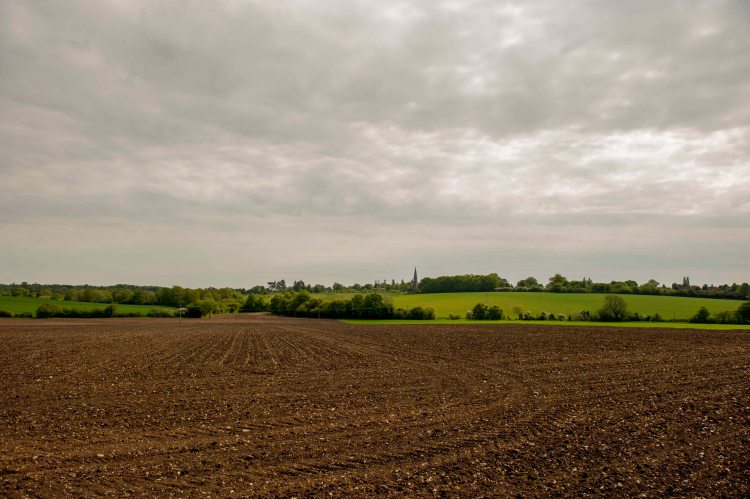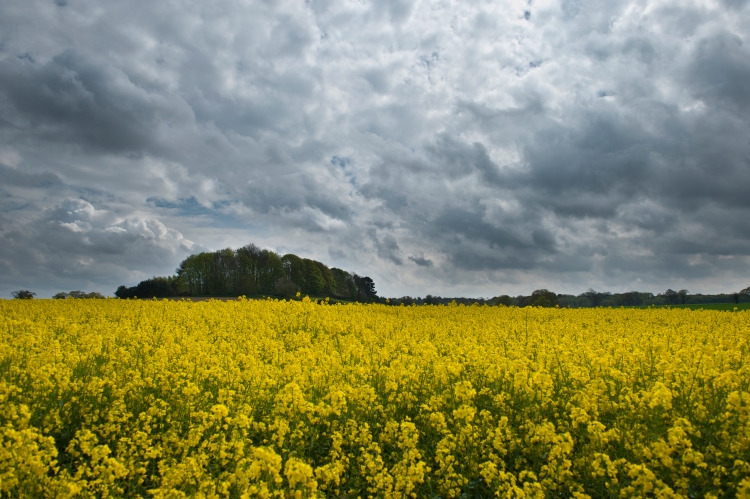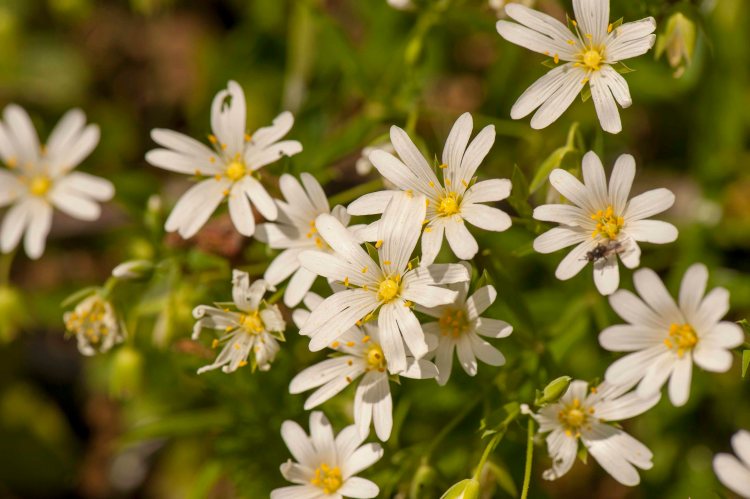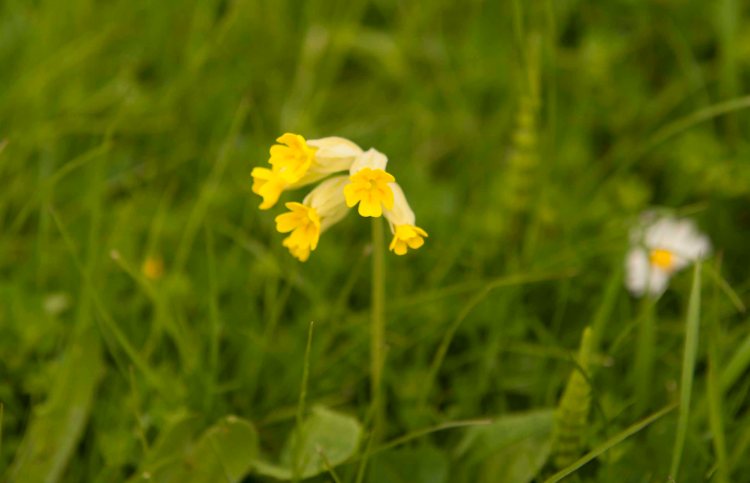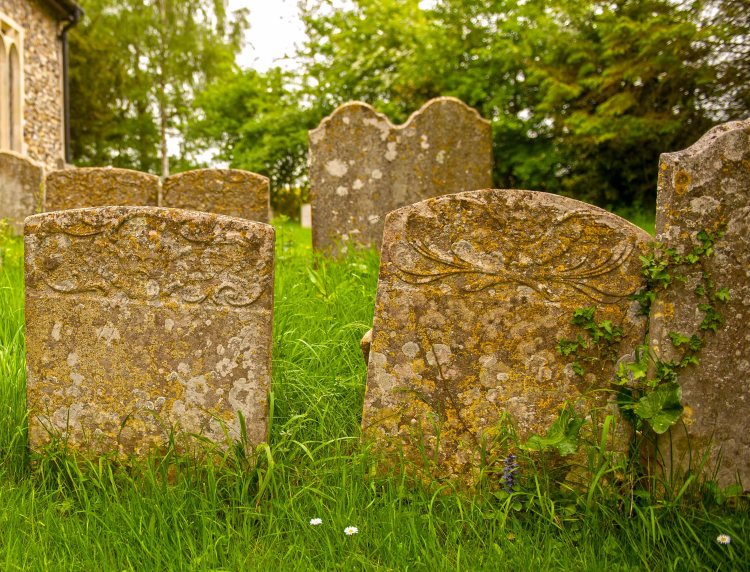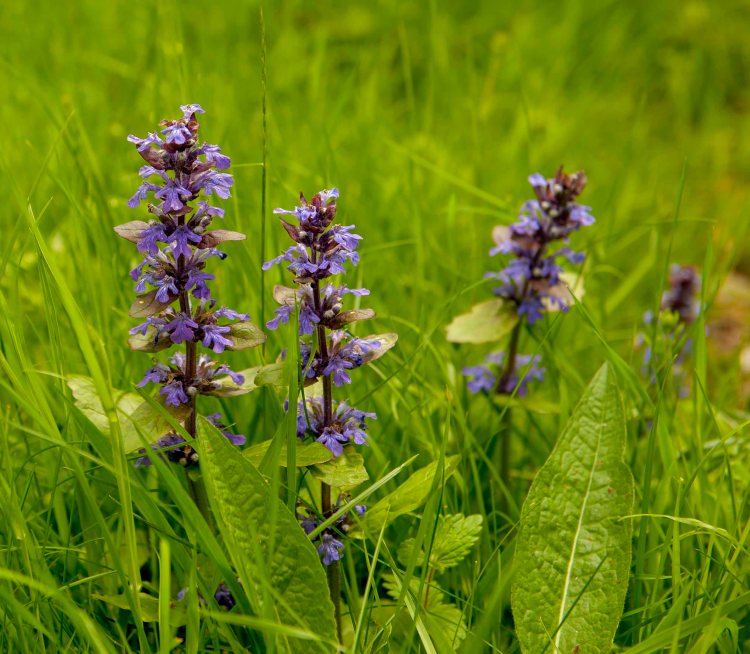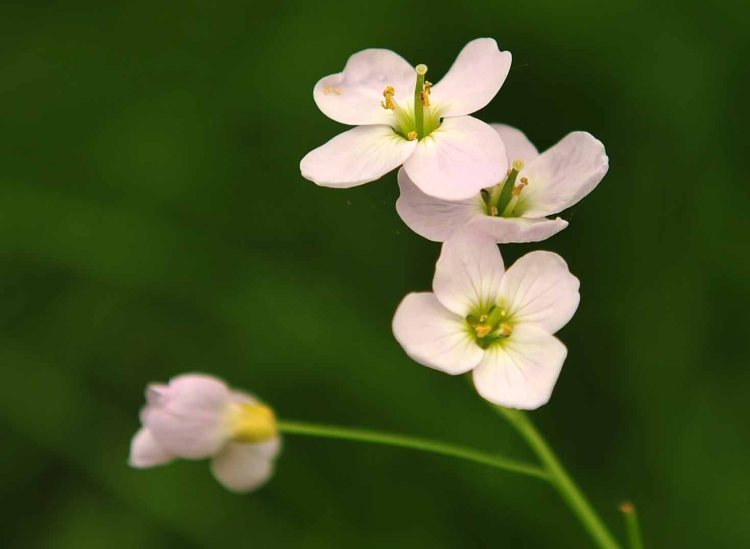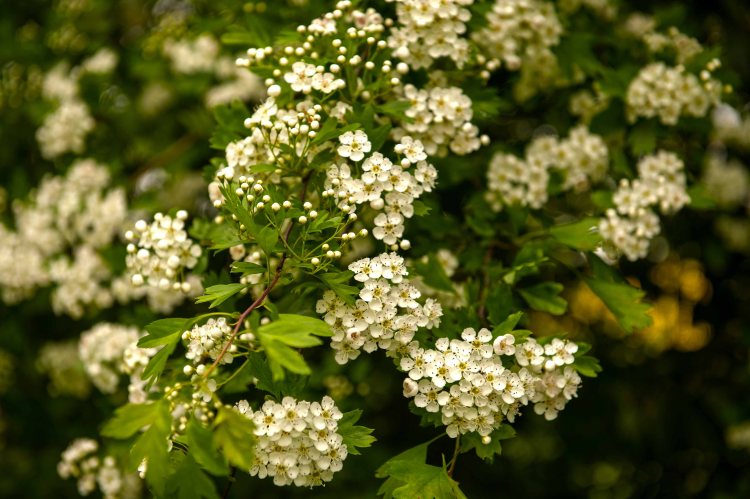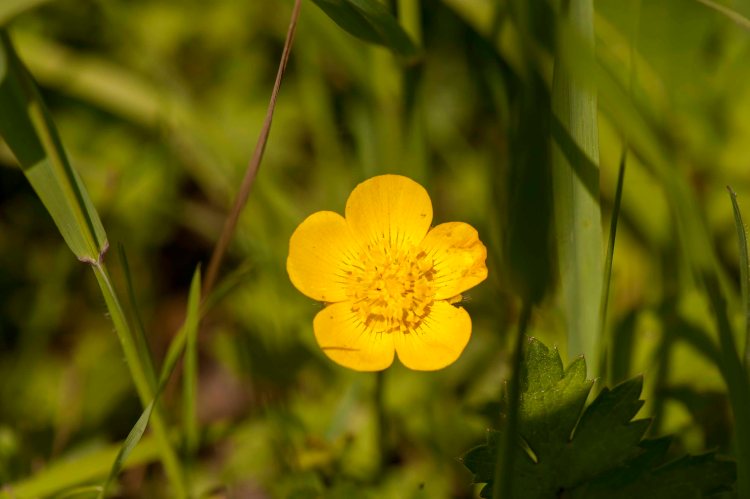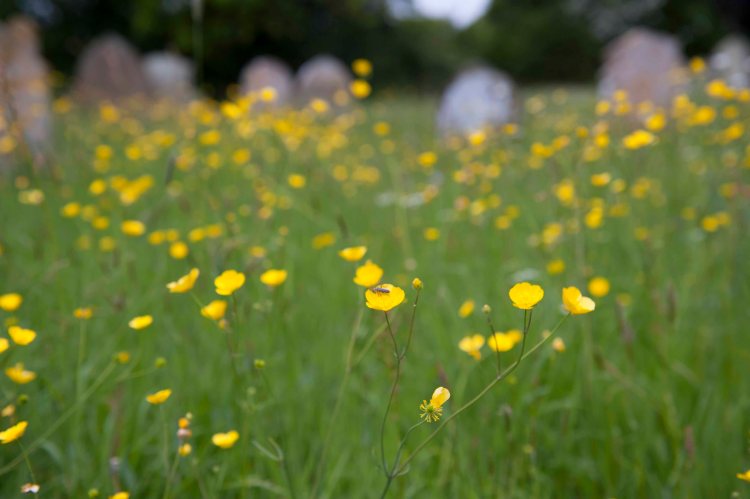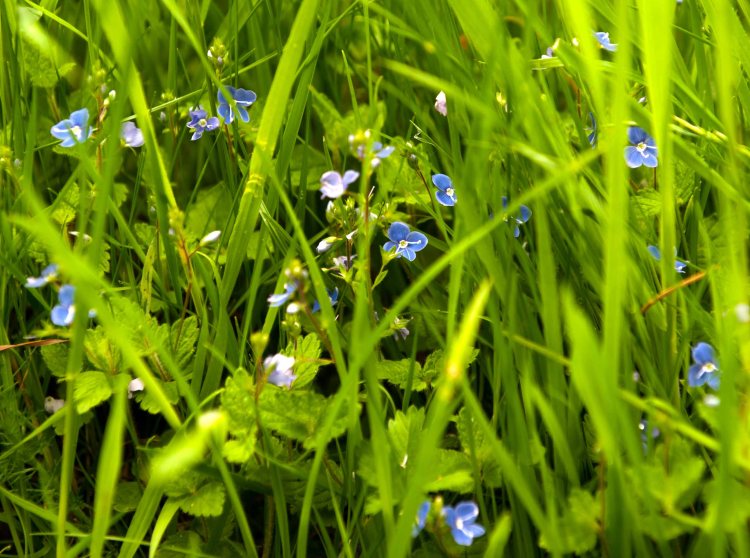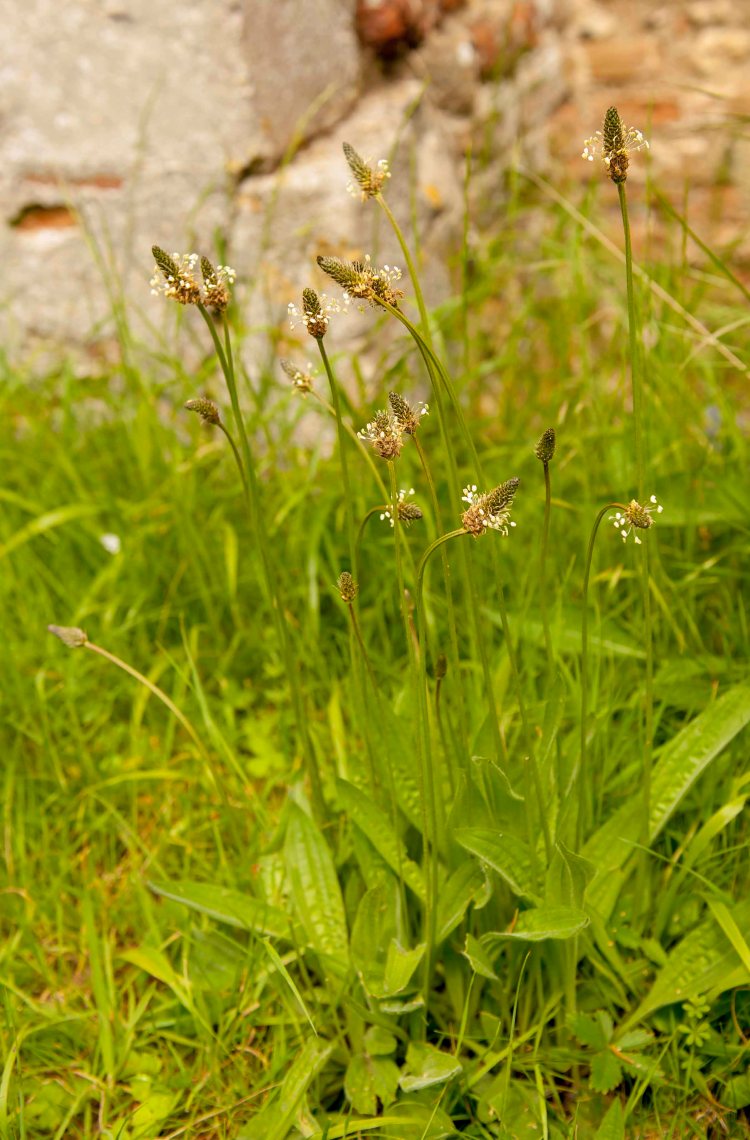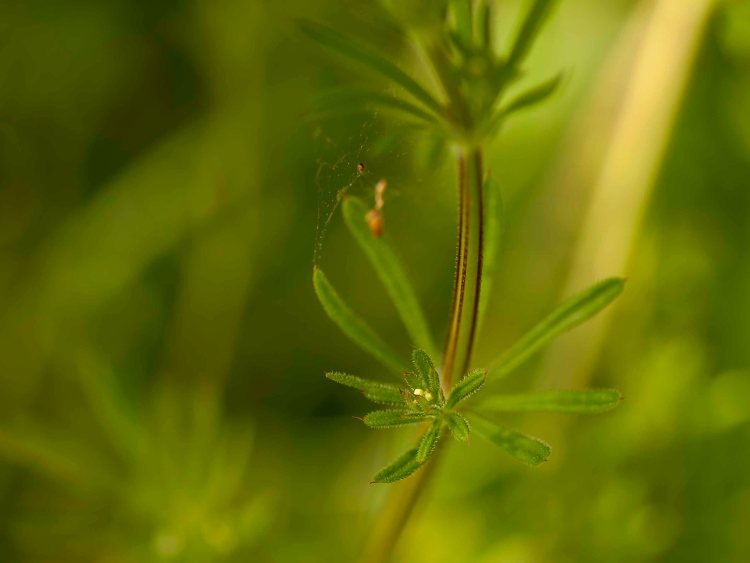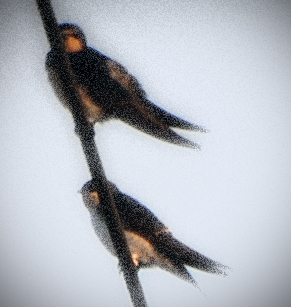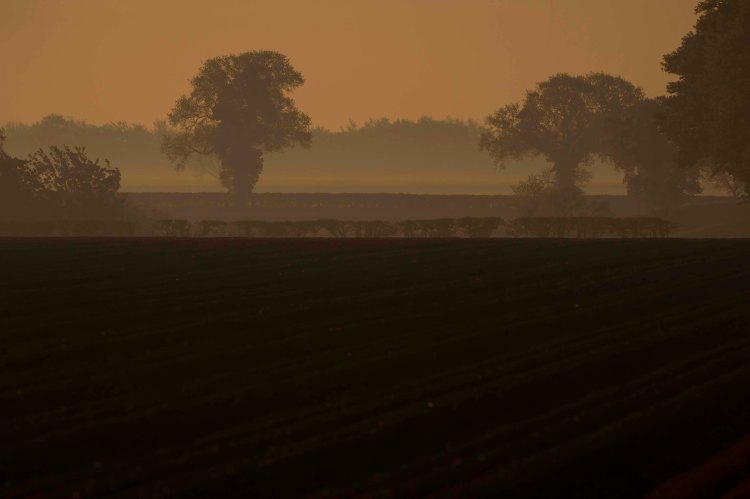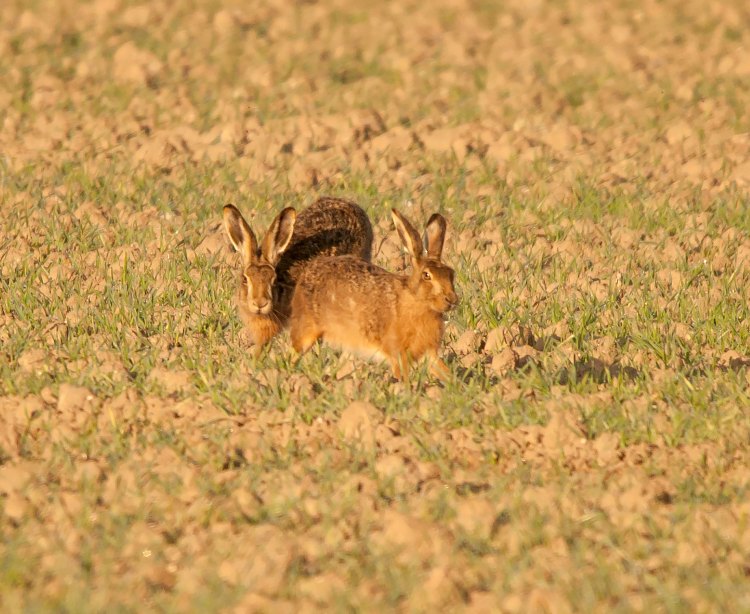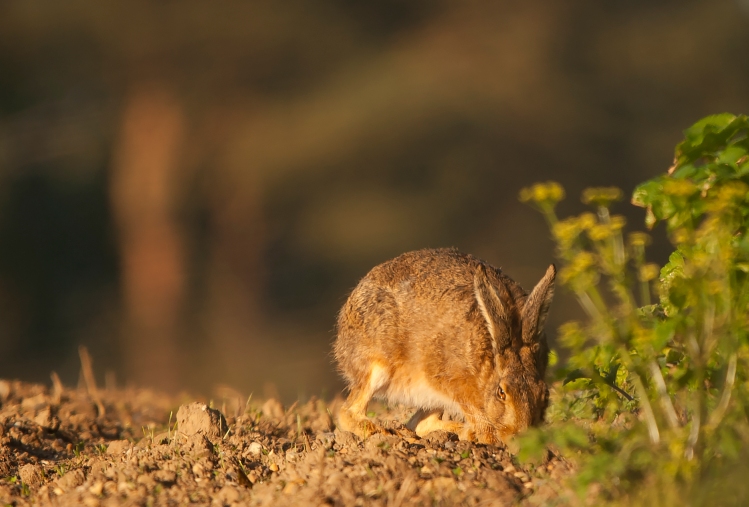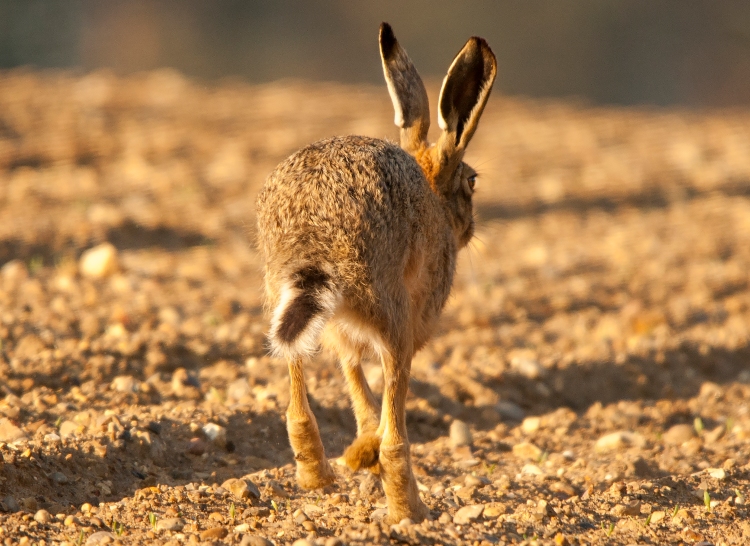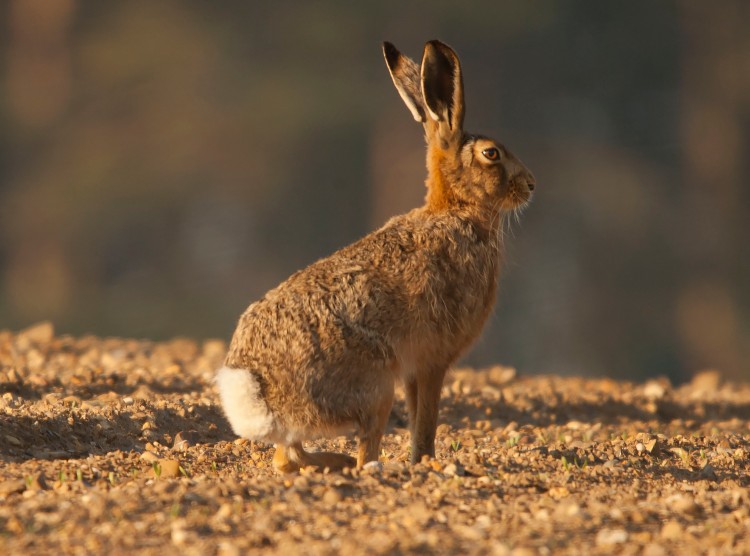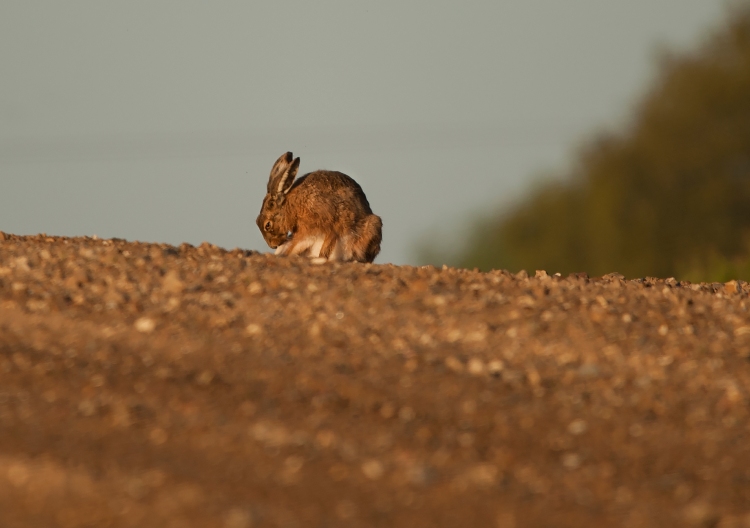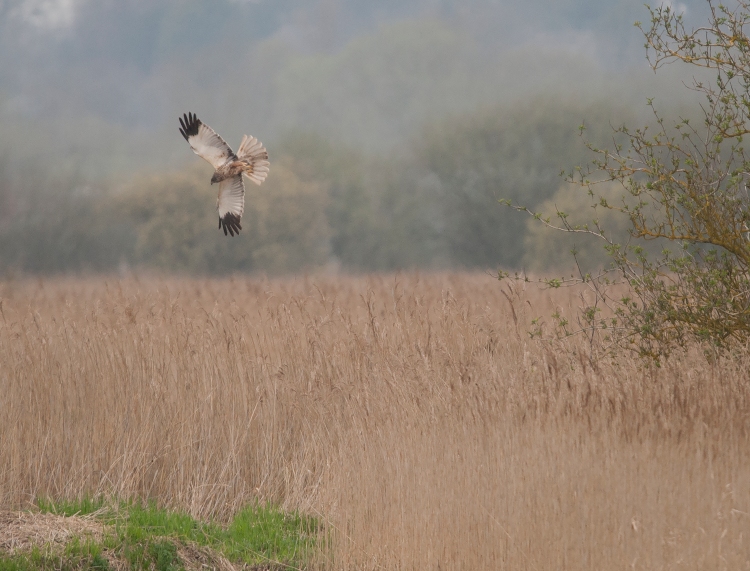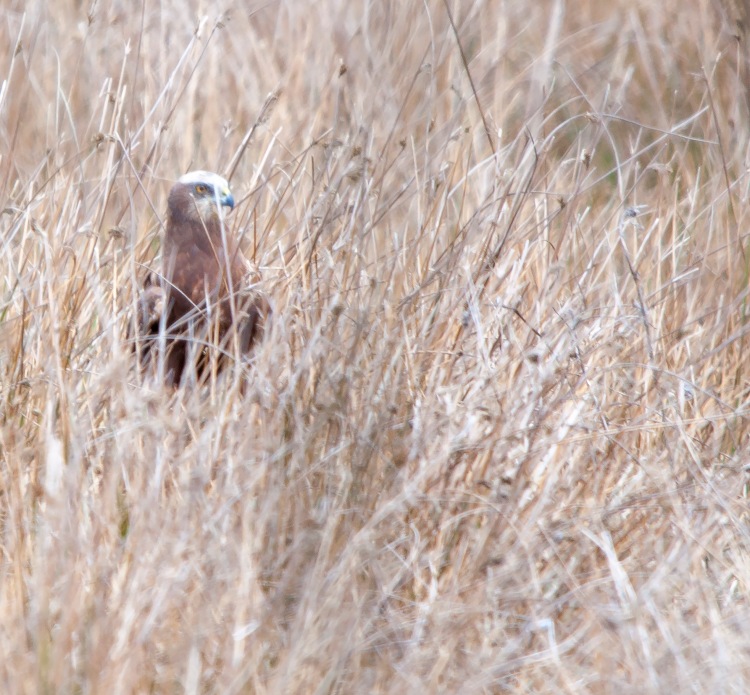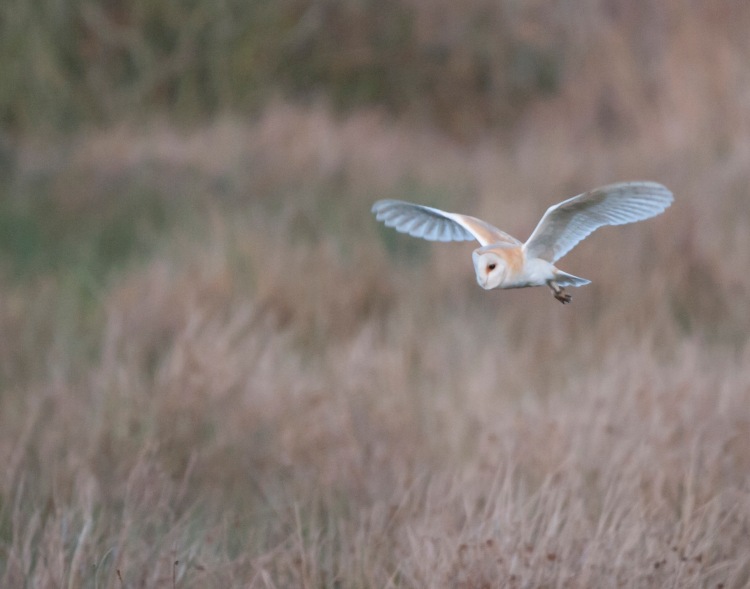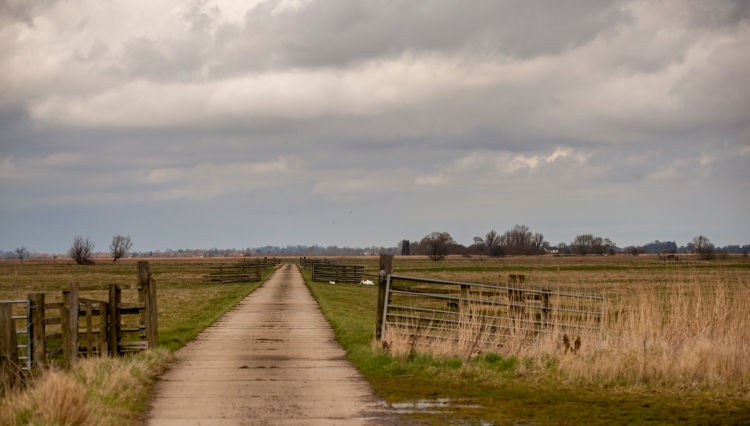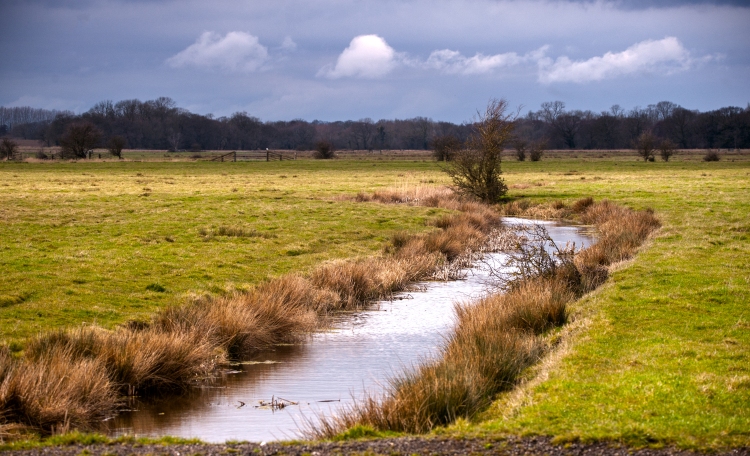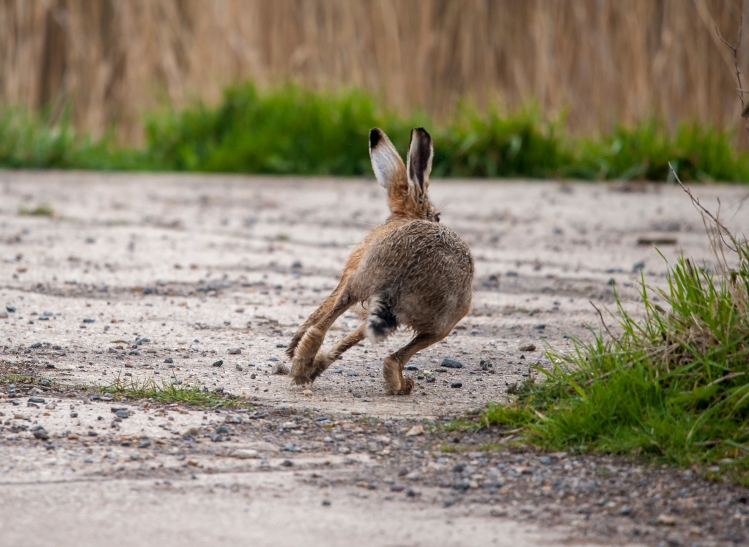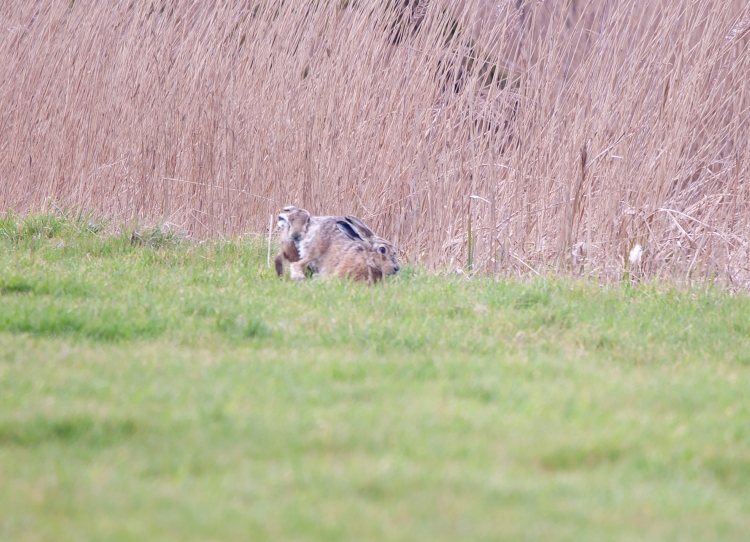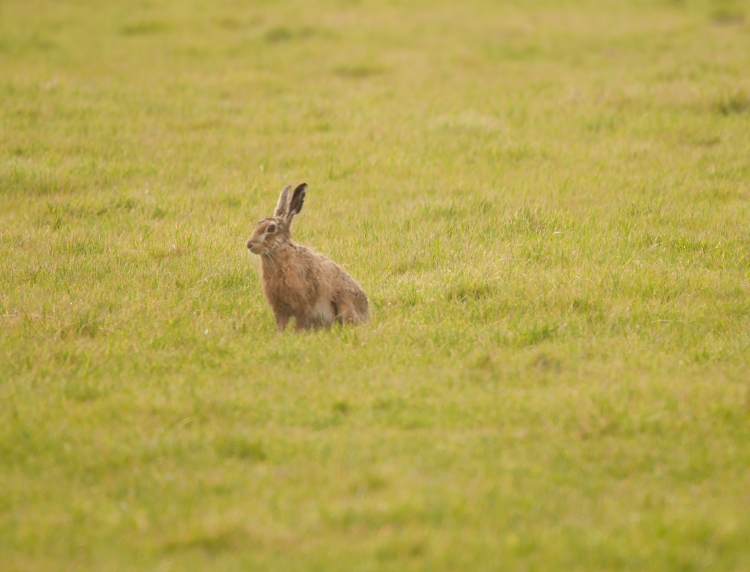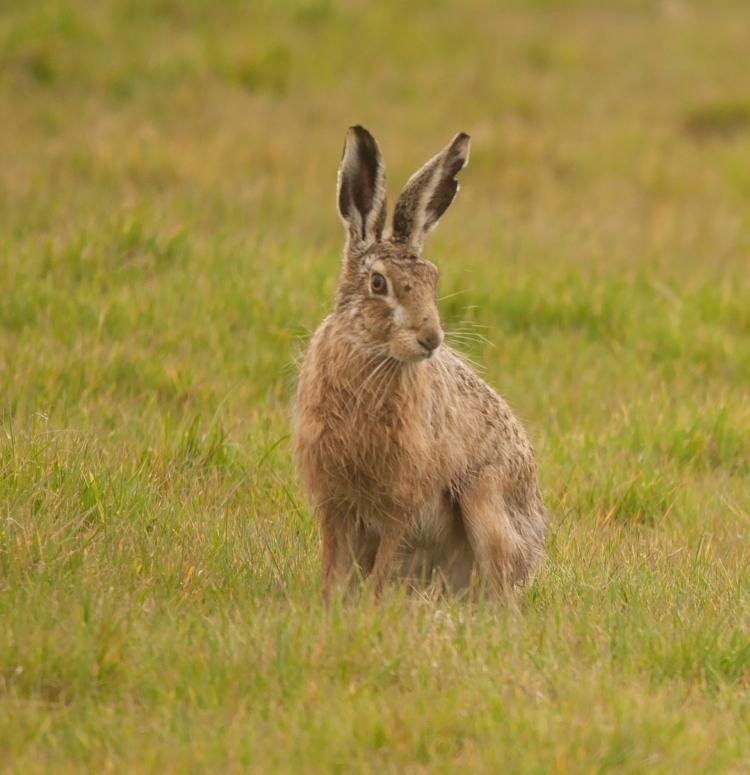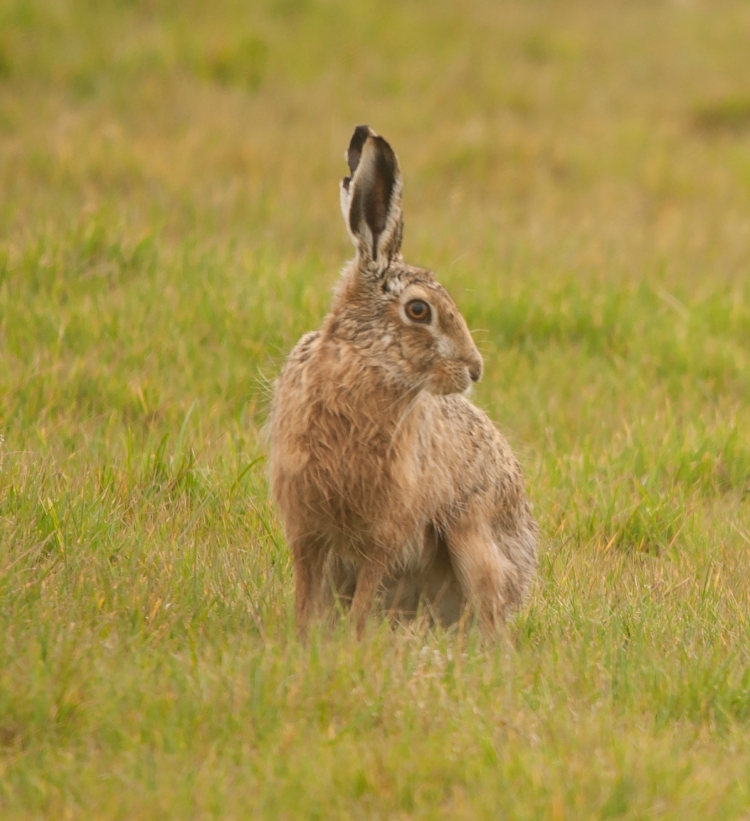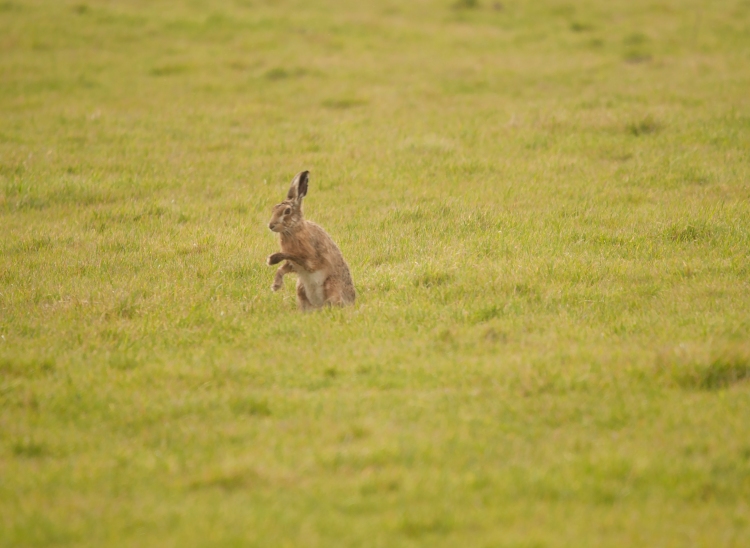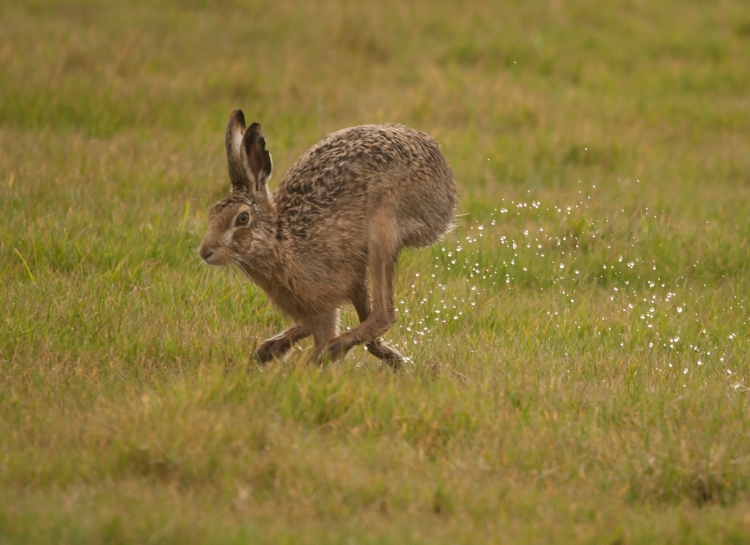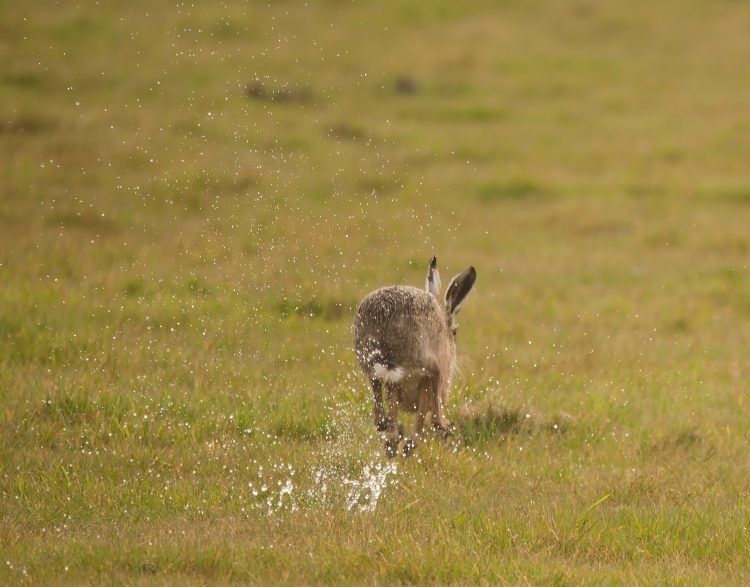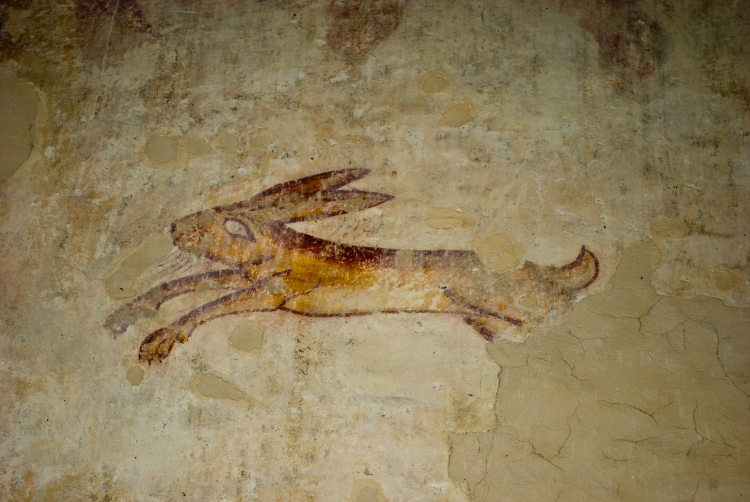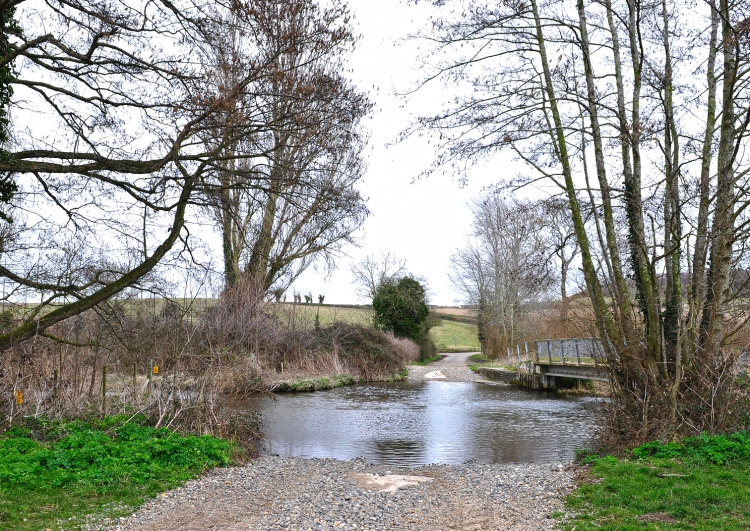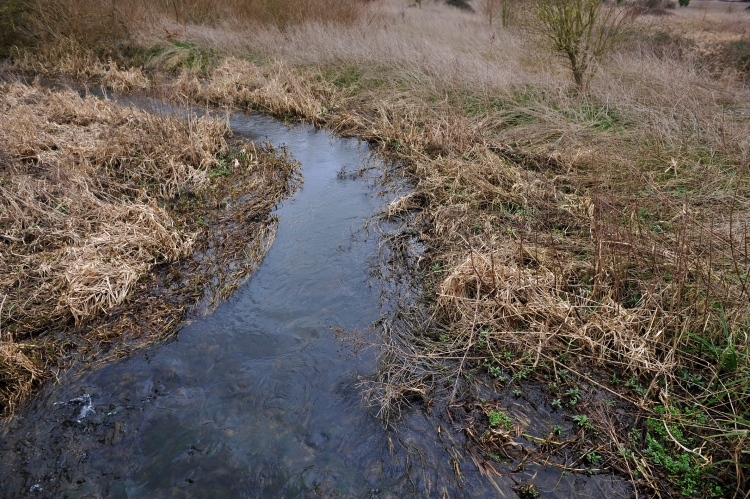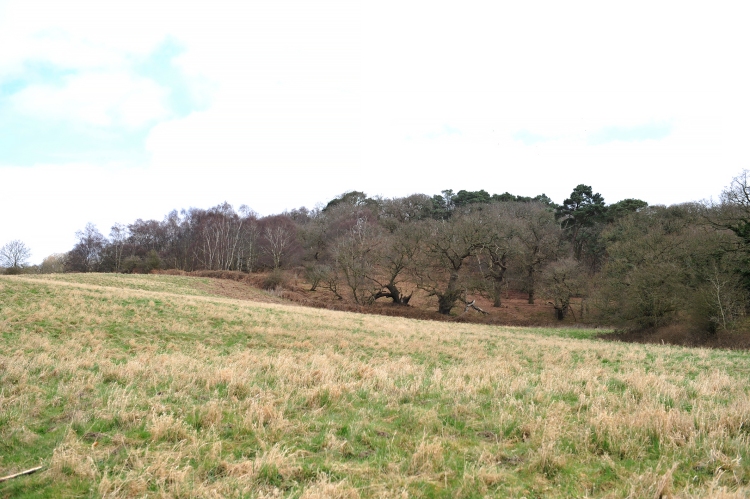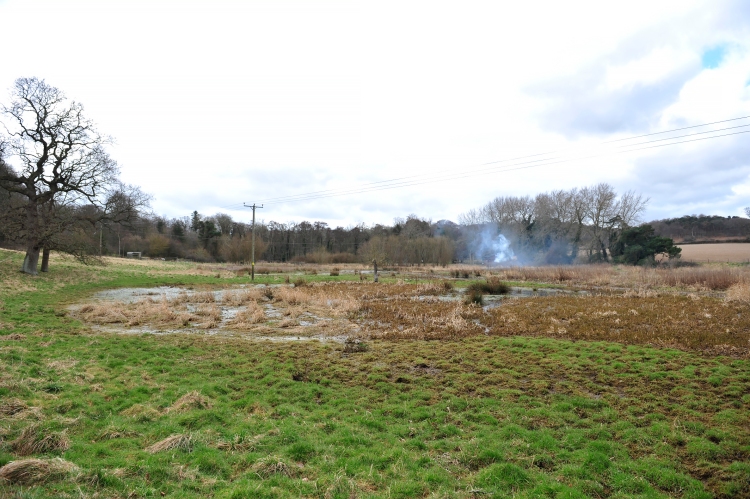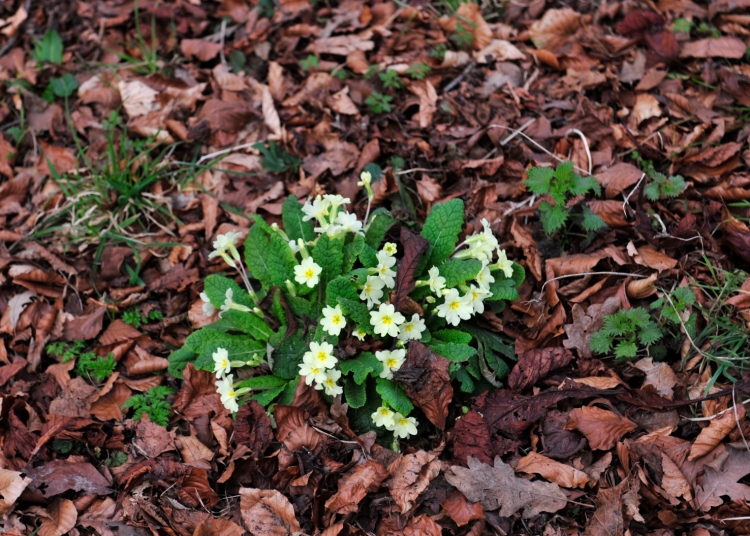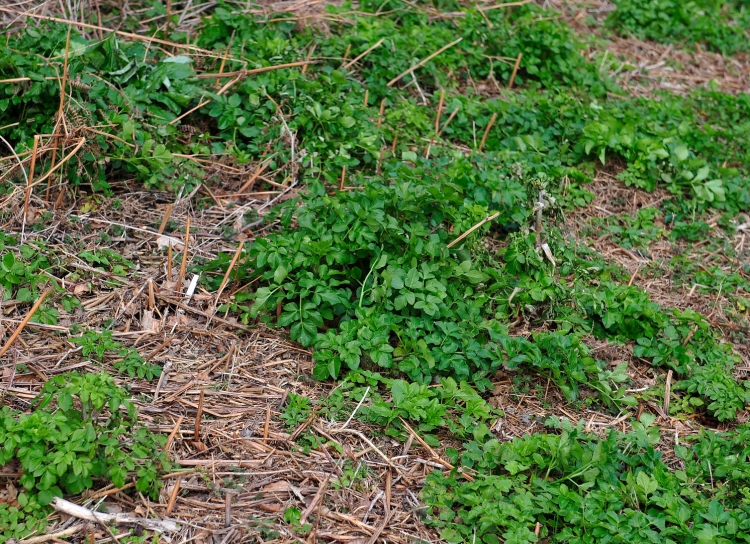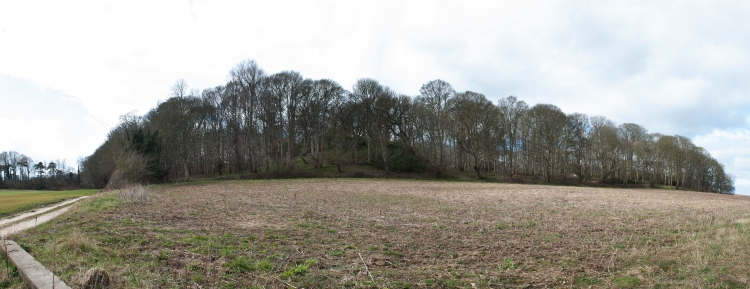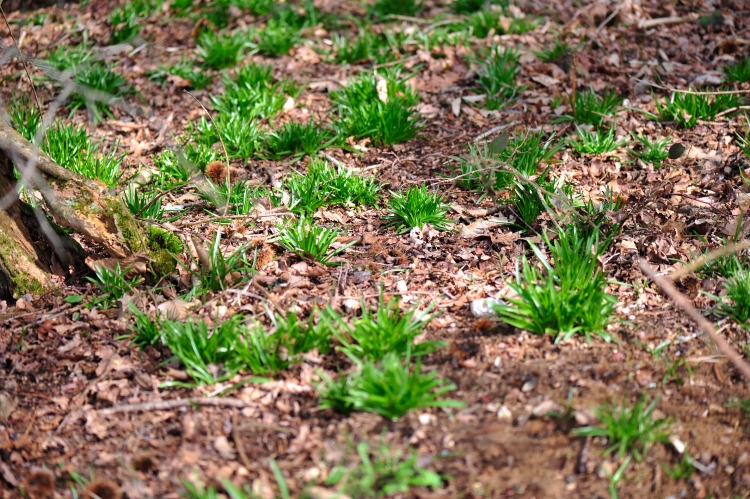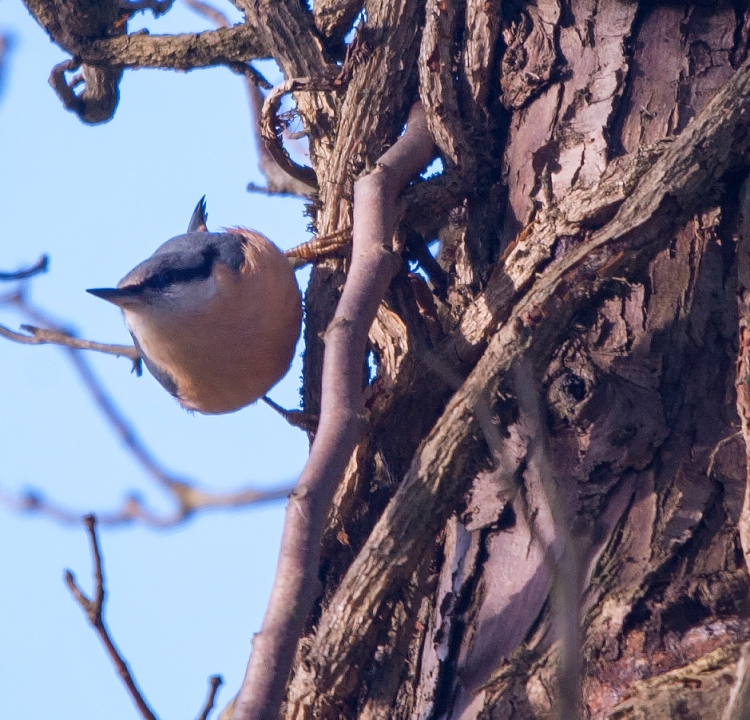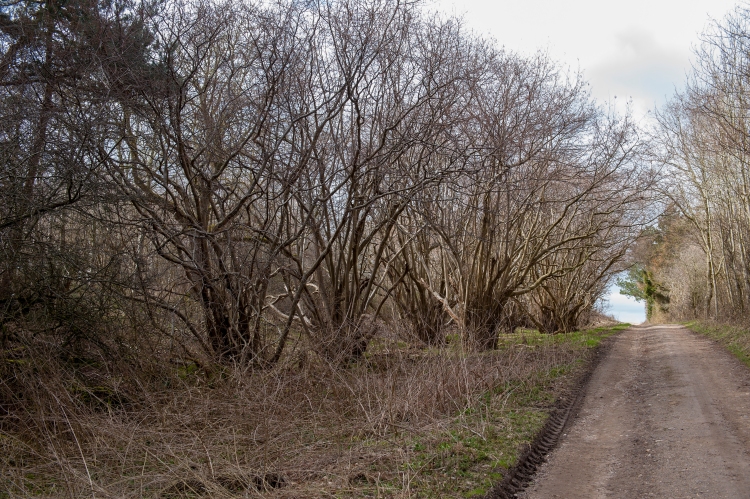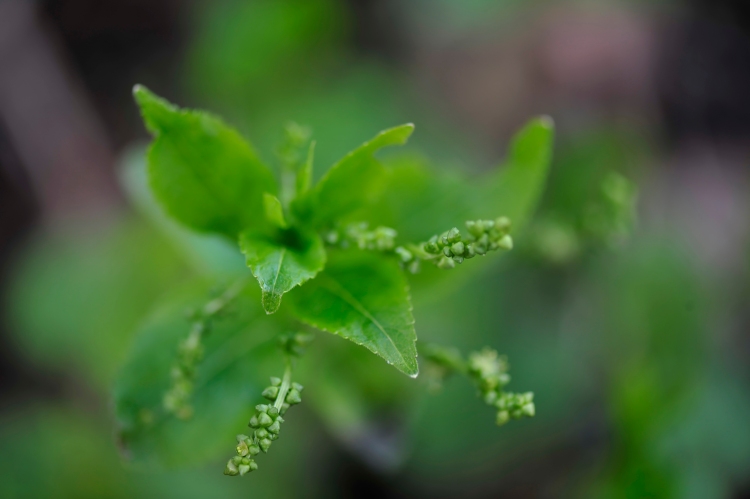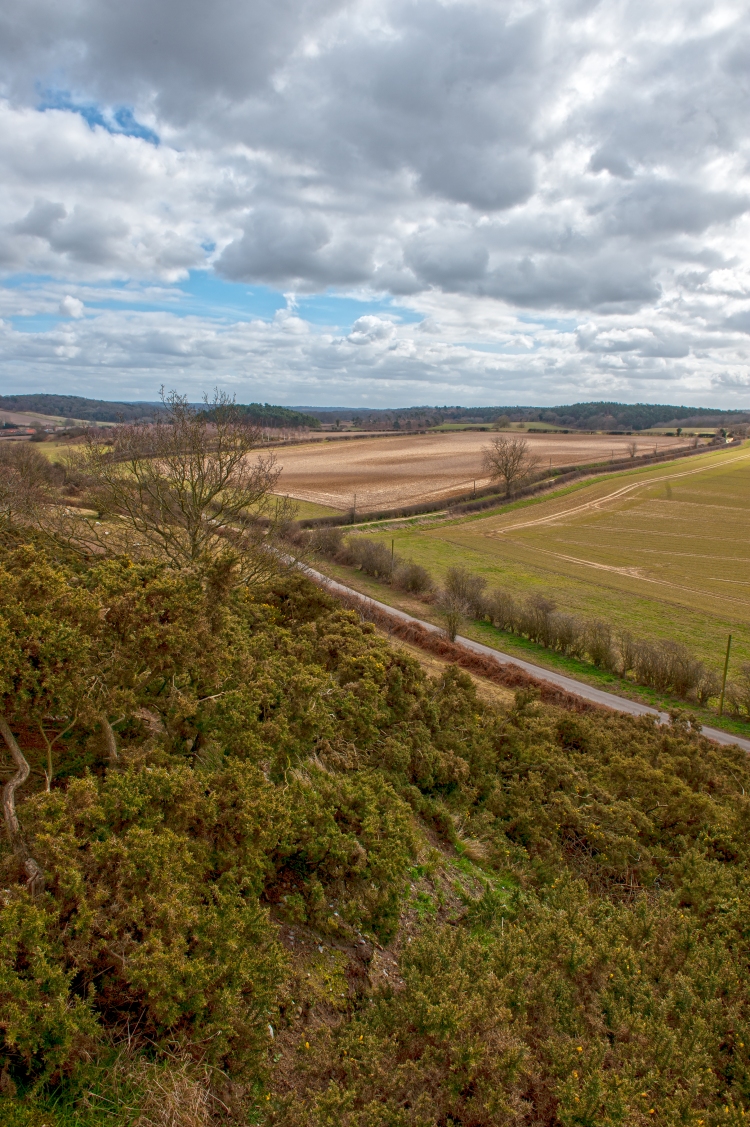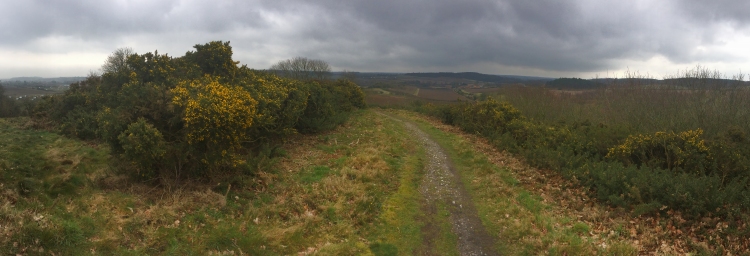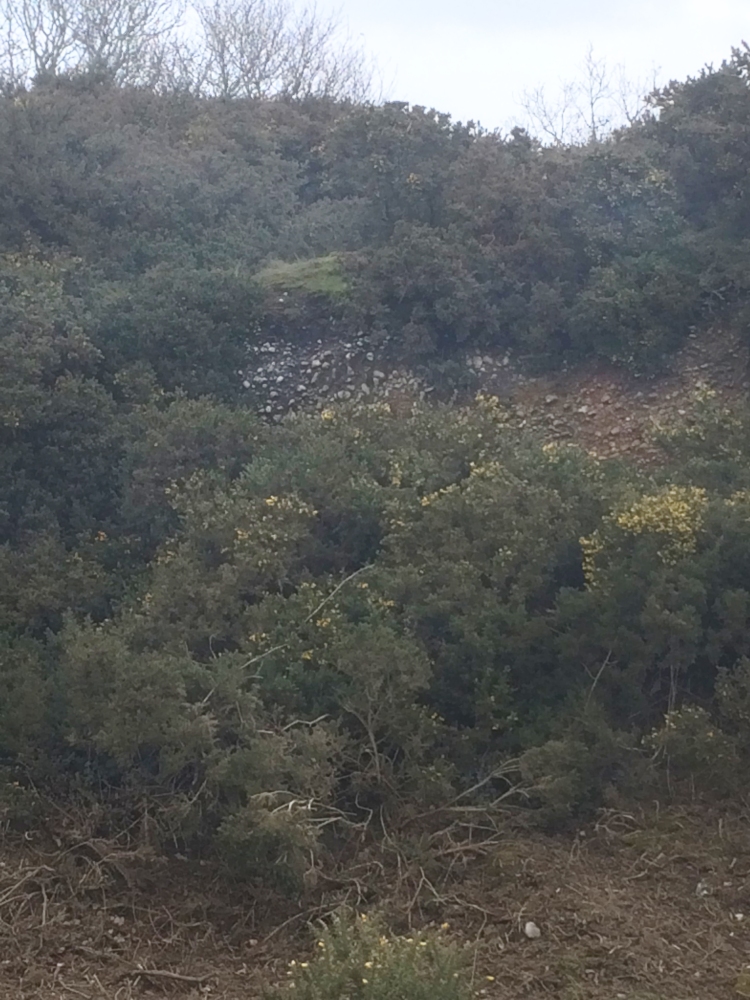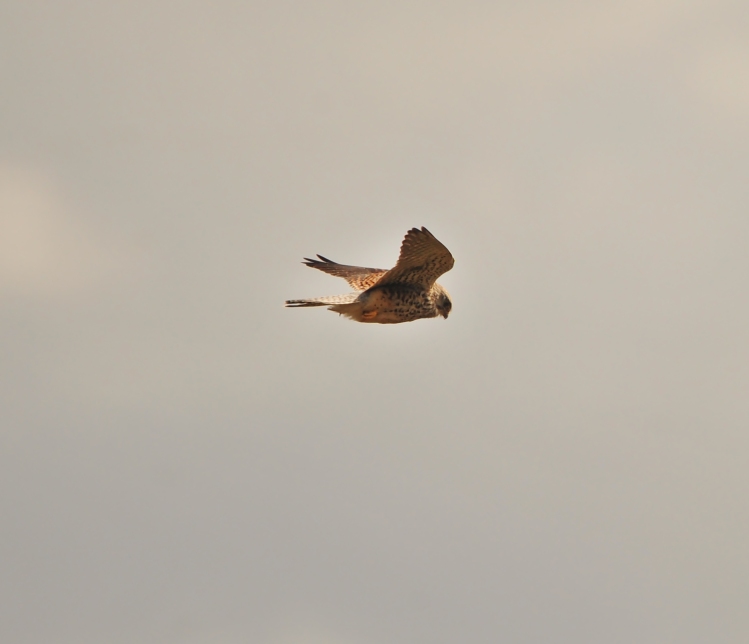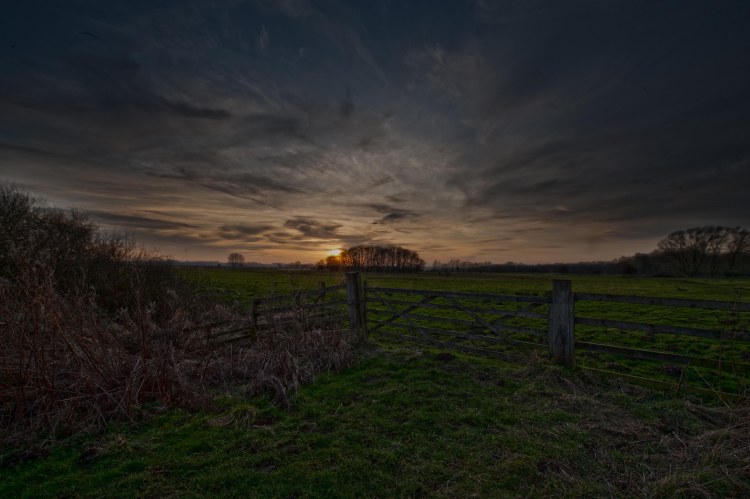
Standing in the half light, torn between day and night and drawn into the sleepy eye of the setting sun, I found myself at the edge of the seemingly endless fastness of grazing marsh that contains the River Yare by the tiny railway station of Buckenham. This is a wild yet unremarkable area of wetland, a small tessera in a vast mosaic of reed, water and grass that stretches further than the eye can see. However, unremarkable is the last thing it is. It is a place of ritual celebrated at certain times of the year by a multitude of birds; this is the place of the corvid roost.
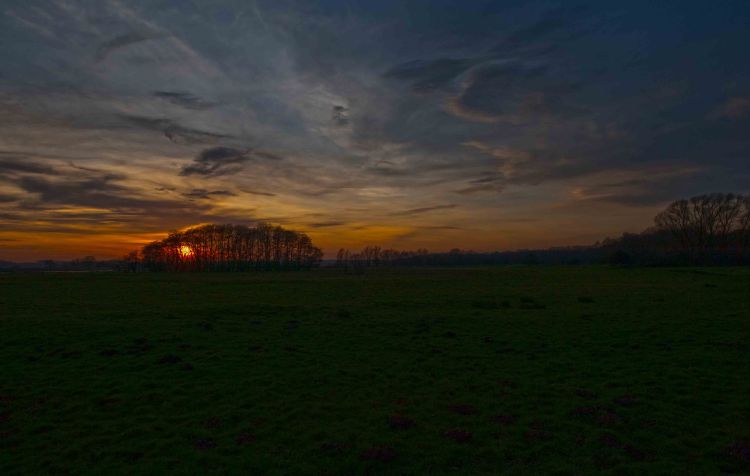
I watched the sun burning yolk yellow as it slipped lower in the sky, hovering above the trees lining the horizon, and its rays were forced to blaze through a thicker layer of atmosphere and the dust it held. The sky was washed with all manner of reds, pinks, greys, browns. The small stand of trees, Alders I think, were attracting a growing group of Jackdaws and Rooks in the way that a magnet attracts iron filings. Their calls a thin pall of smoke across the wide grazing marsh to my left. Backlit by the falling sun they shimmered like dark diamonds.
The darkening grass, sprinkled with the cadaverous remnants of last year’s thistles, held large numbers of Lapwings, their white breasts glowing like small lamps, giving their positions away in the gloaming. The hidden dykes were filled with Wigeon, unseen, but their presence felt as their high pitched “whe-oo” calls drifted like an audible mist over the flatness.
Every so often a Marsh Harrier drifted lazily and low across the ground, three wingbeats and a glide repeated, sending Lapwings in a commotion into the air. Their “Peewit” calls strident. Unconcerned, two Chinese Water Deer grazed close by. Their soft teddy bear ears pricked up straight and caught the glow of the setting sun.
I walked uphill, climbing further out of the valley until I reached the old Holm Oak. I slid down the bank and let its branches mantle me in the bower they created, breaking up my threatening silhouette. A Brown Hare loped into view, quite close, and sat watching me, ears erect and on full alert. It decided that I posed no threat and continued to move right, gradually dissolving into the far dark reaches of the field.
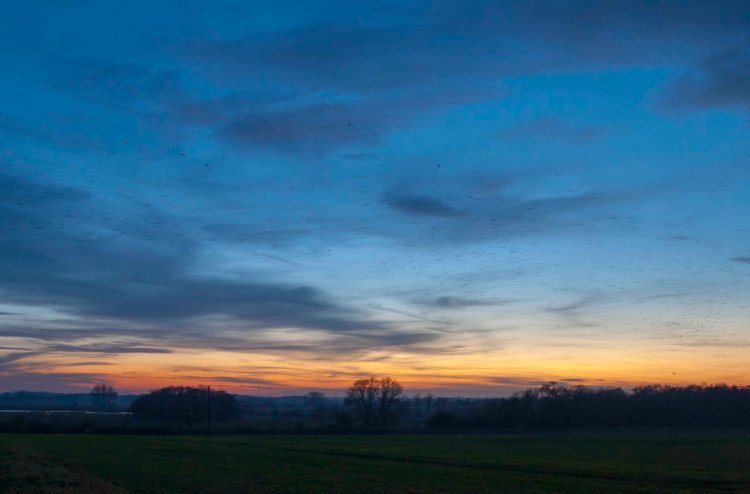
I was aware of the growing number of birds in the field. Their calls appeared to indicate the manifestation of another bird, apparently out of thin air. It was as if the low light itself was coalescing and collapsing into ever more black solid shapes. A line of telegraph poles supporting sagging wires stretched diagonally into the outer reaches of vision and those lines had thickened and become bootlaces of liquorice so packed were they with Rooks and Jackdaws, calling loudly. “Chak, chak”, said the Jackdaws. “Kaah”, called the Rooks.
The ground beneath the wires, which was folded into a dip covered with the green baize of winter wheat, now had the appearance of a large churning pool of jet-black crude oil, so large and dense was the mass of birds on the ground. The individual birds, Rooks so far as I could tell by size alone as seen through a lens, sifted the ground with their sharp beaks like scavengers moving over some medieval battlefield. Birds continually dropped down or rose up to take their places on the wires and the atmosphere grew dense and the mood febrile.
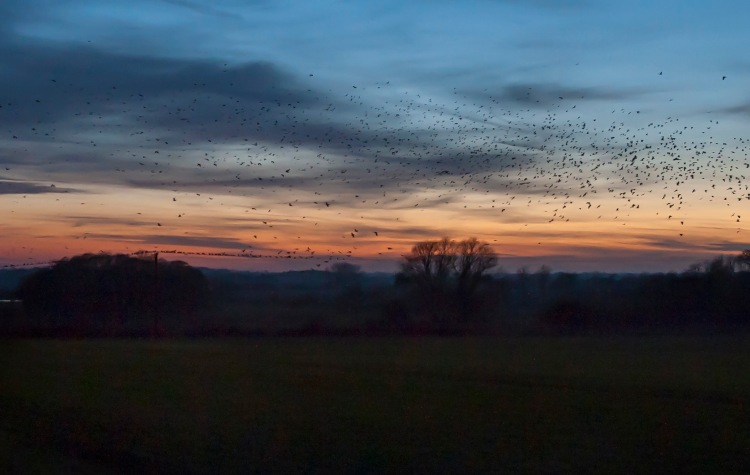
The calls began to grow less as the light continued to fade and then, not quite as one but almost simultaneously, they rose up, to be backlit by the cobalt blue sky, peppering it like black stars of pure carbon. A shout erupted across the ground, the horn of the marshes, so loud it sucked all sound from the passing train. A snippet of lyric flashed through my mind: “and now we rise, and we are everywhere”.
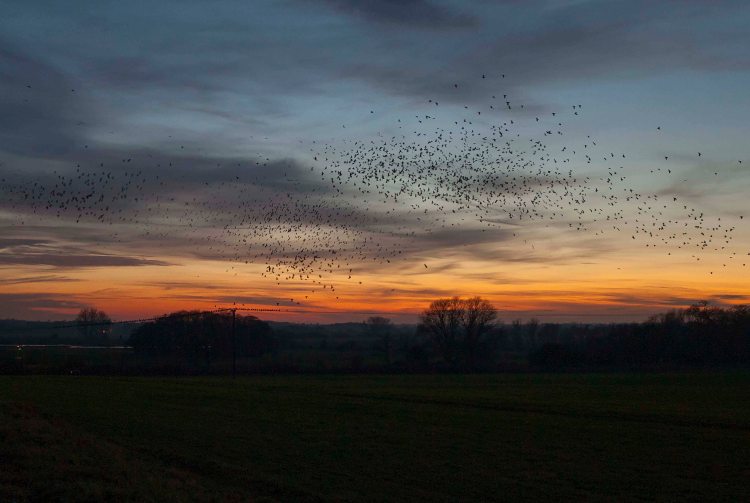
The Rooks and Jackdaws formed intricate patterns across the sky’s canvas as they swirled back and forth, spiralling up like the double helical structure of DNA then quickly dispersing like fallen leaves on a breeze.
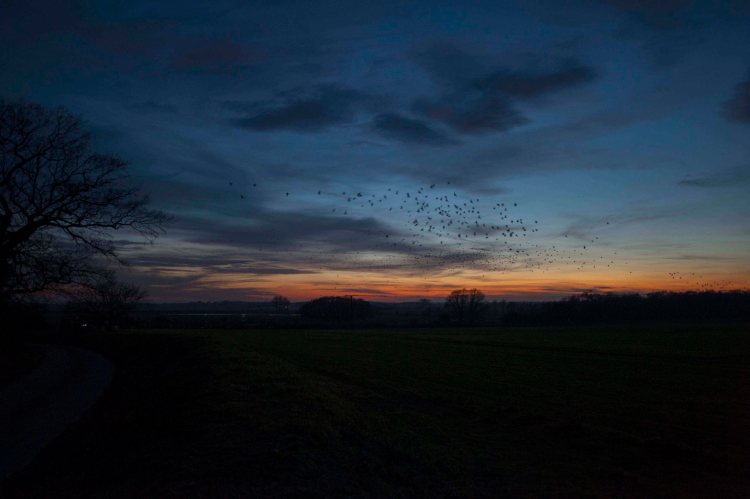
As if they had grown bored with the aerobatics and with great purpose, they blew like the wind, in the way it is driven by high and low pressure systems, across another field to the dark woodland of Buckenham Carrs. Their calls reached a crescendo as they were subsumed and rendered invisible by the trees. The heavens were suddenly empty, as if all the stars had winked out and fallen, but still the trees resonated to the ceaseless chatter as the birds found their roosting perch and settled down to sleep the hours of darkness.
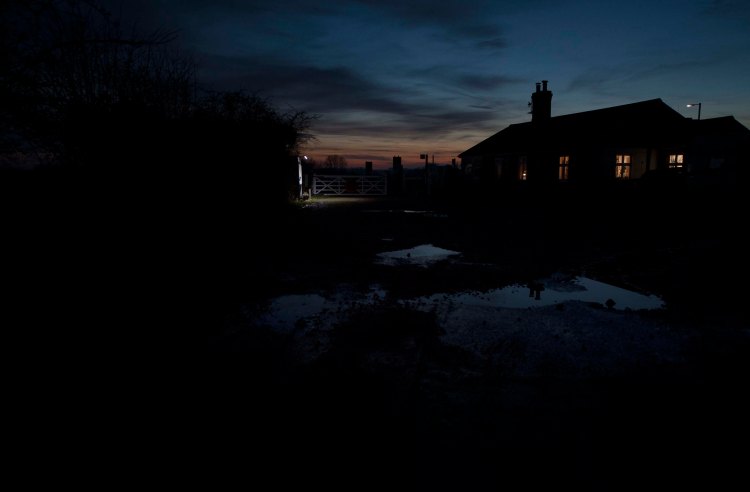
Like flicking a switch the sound ceased and the world grew silent, save for the occasional carrot beaked shouts from distant Greylag Geese. It was as if they were never there. A great chill wave of darkness and silence then swept over the marshes and Buckenham Station stood quietly, its lit windows the only sign of life.
